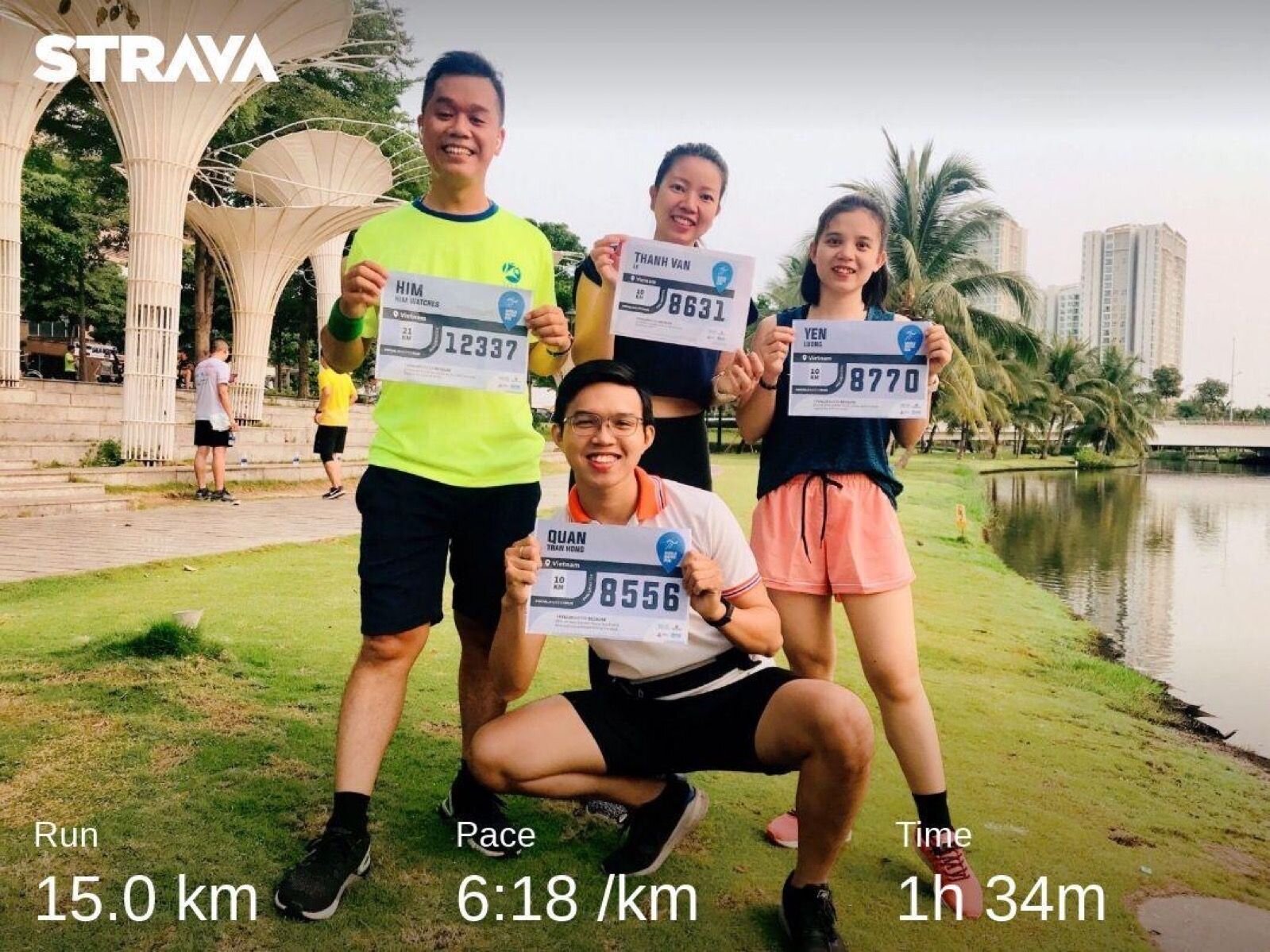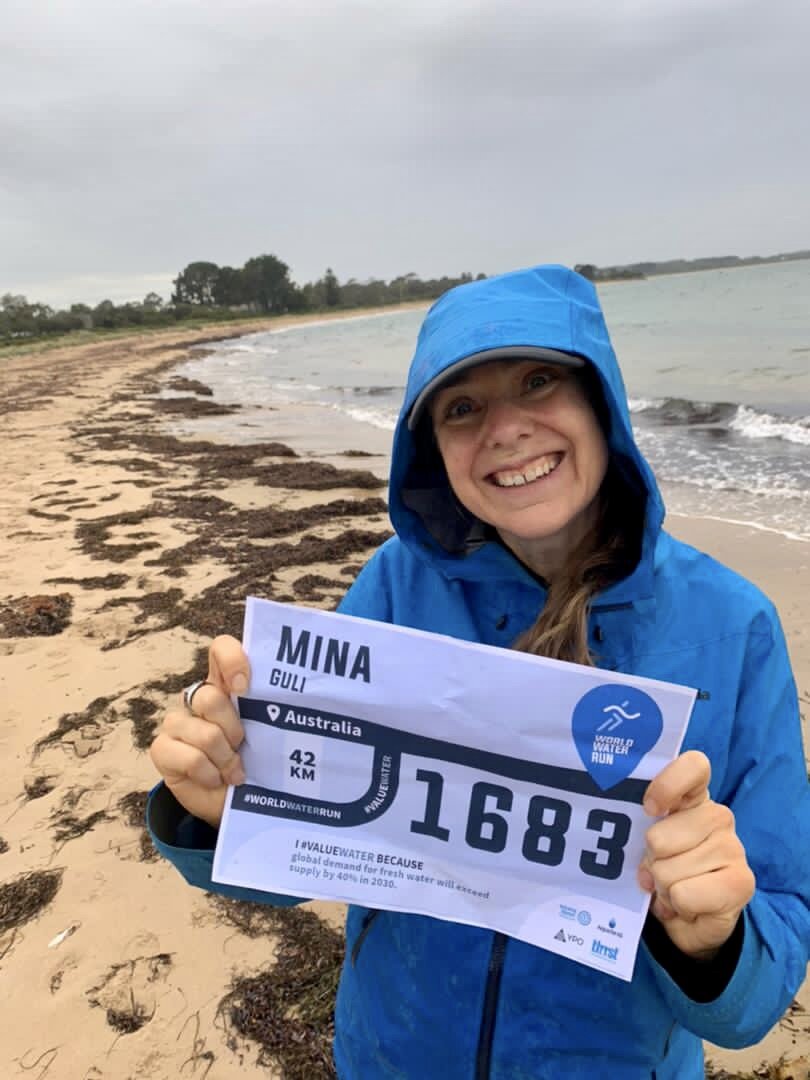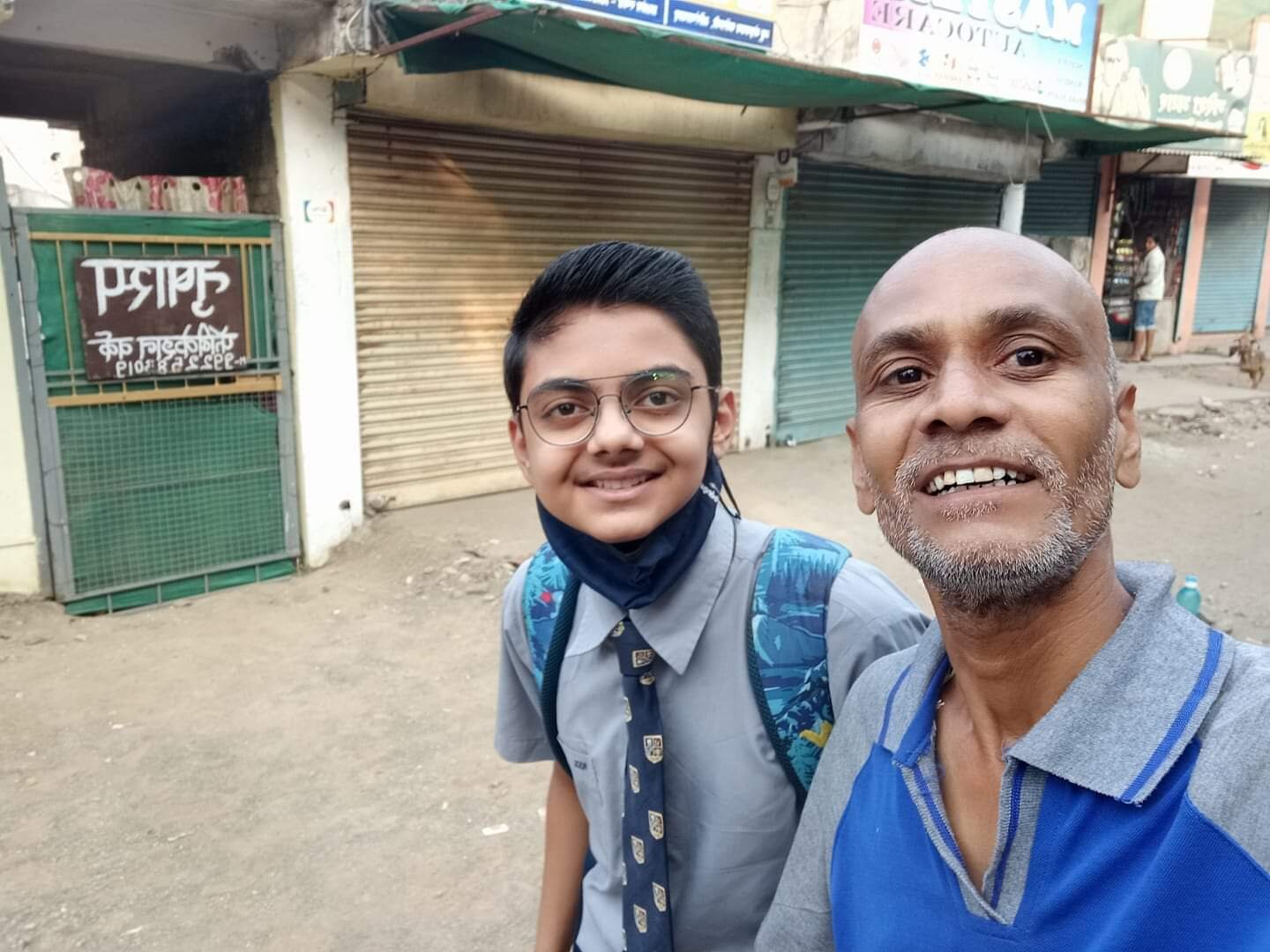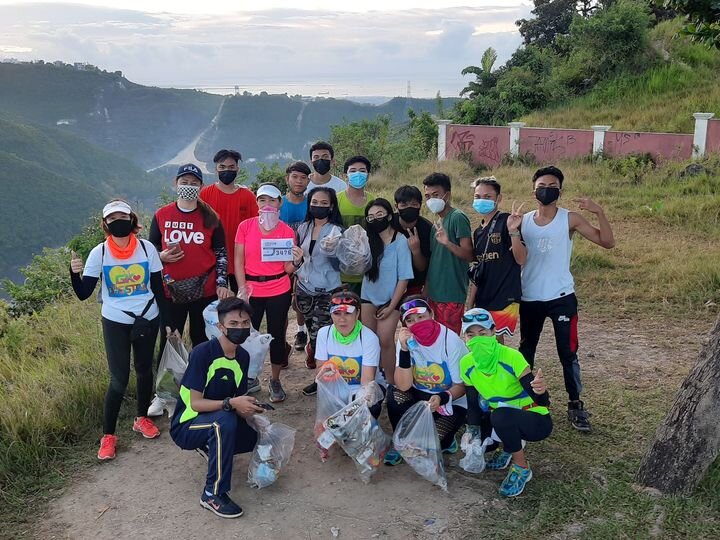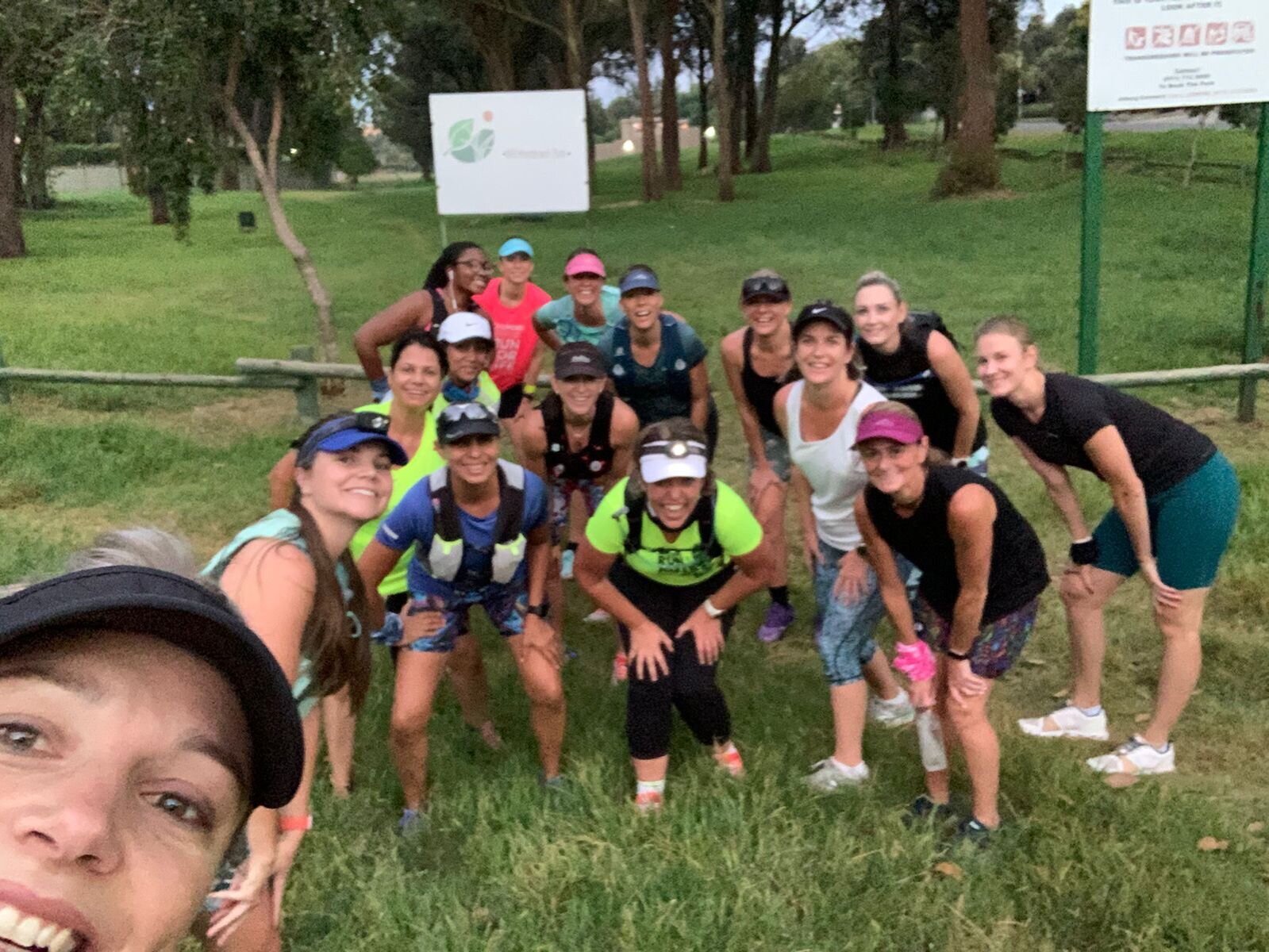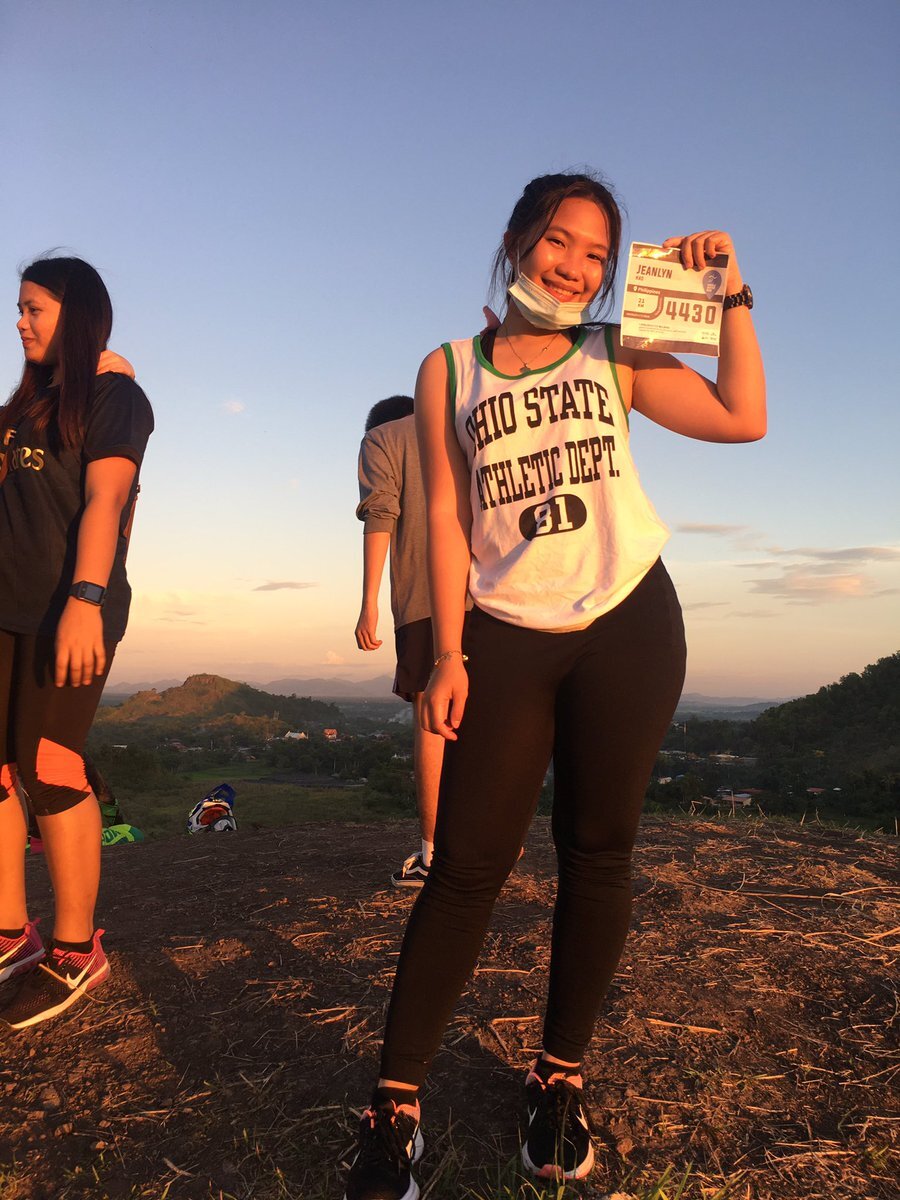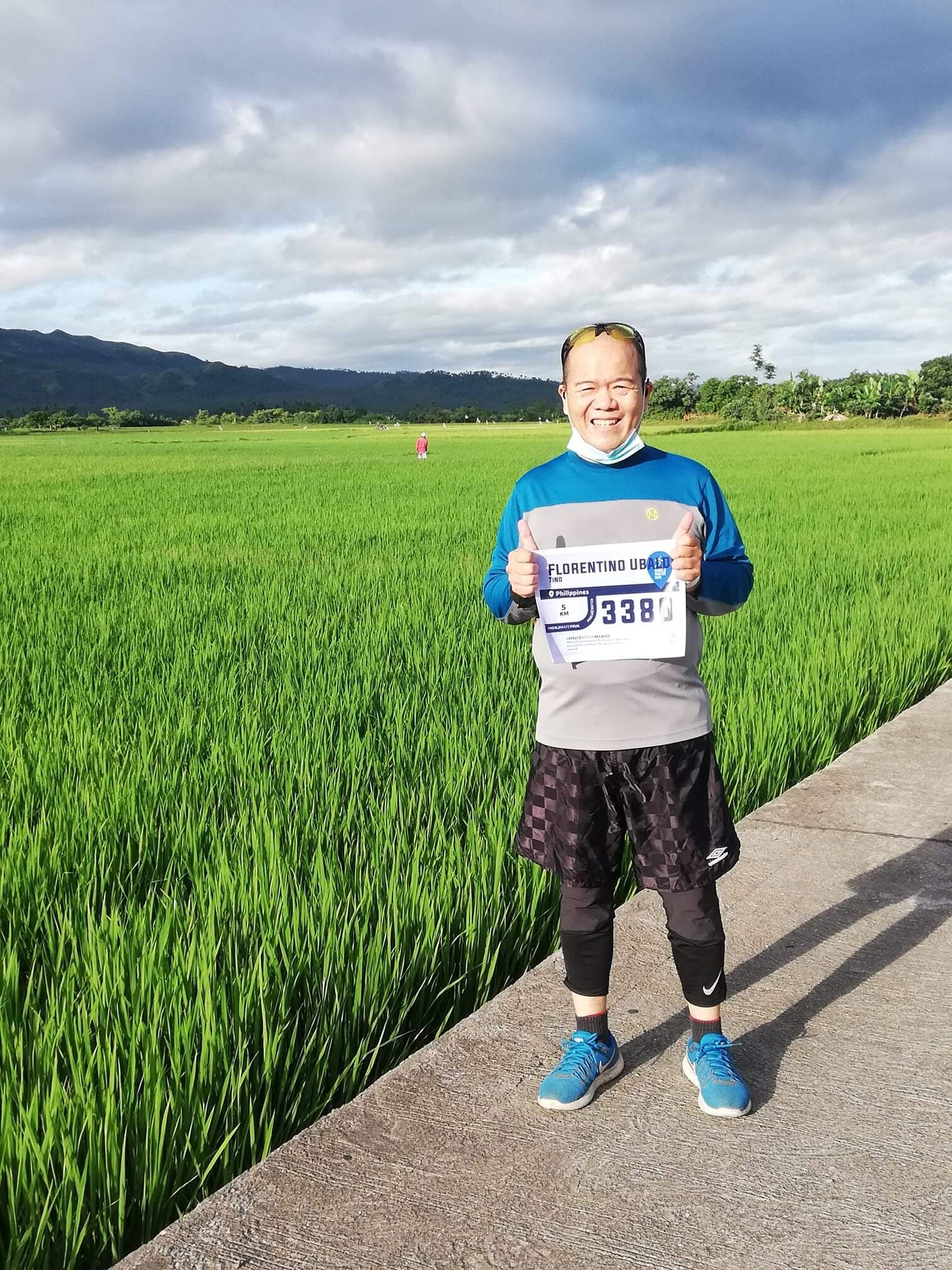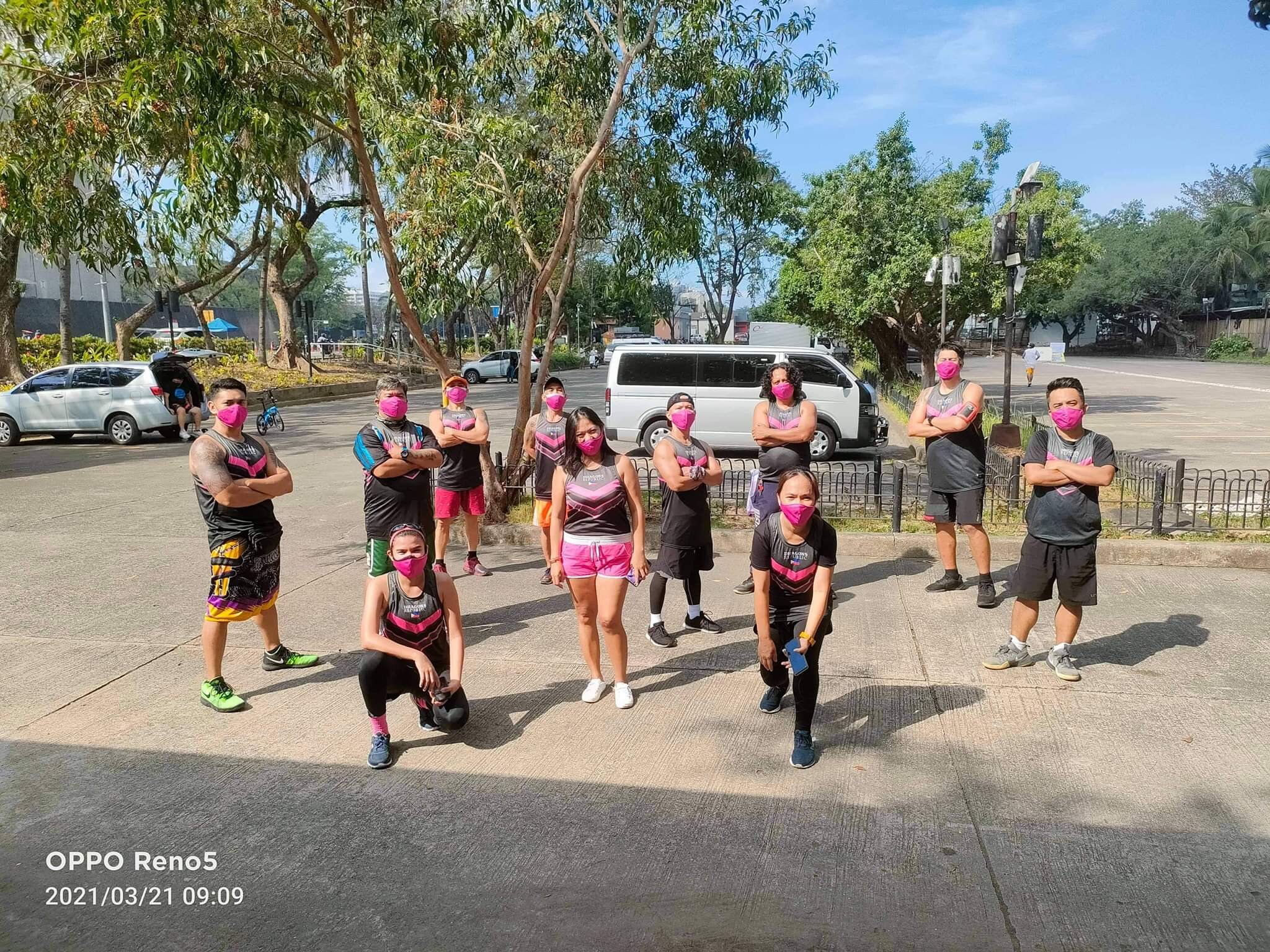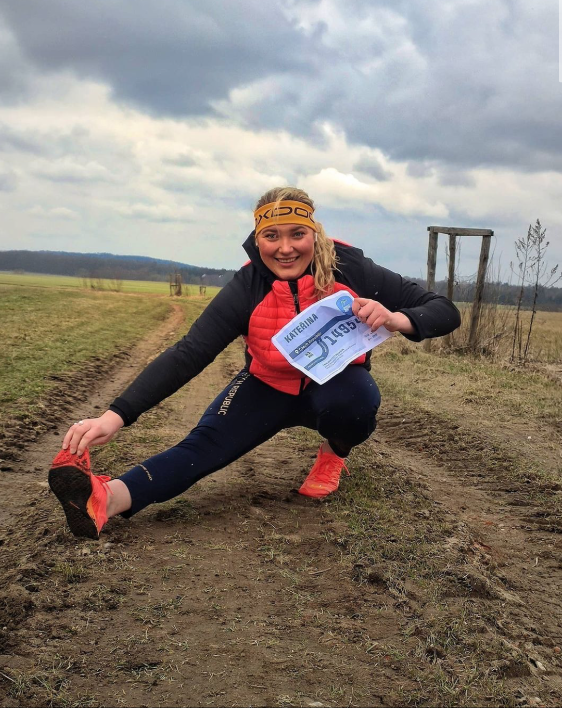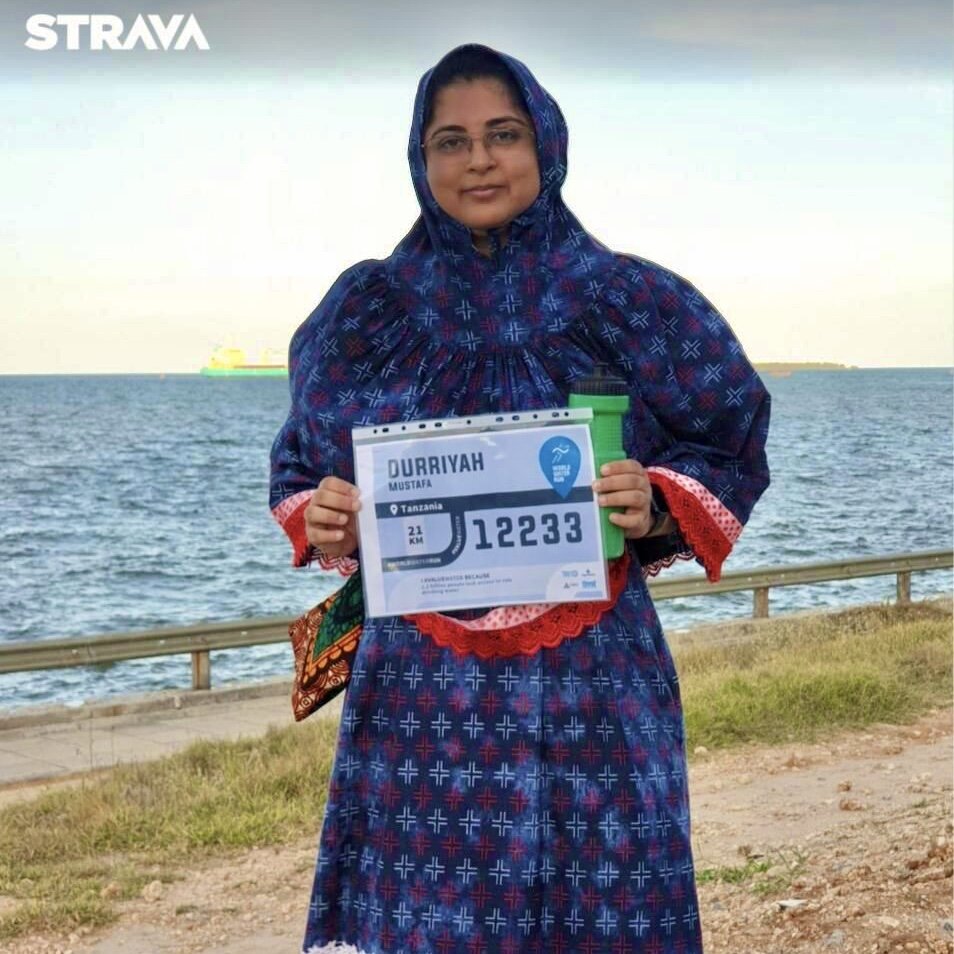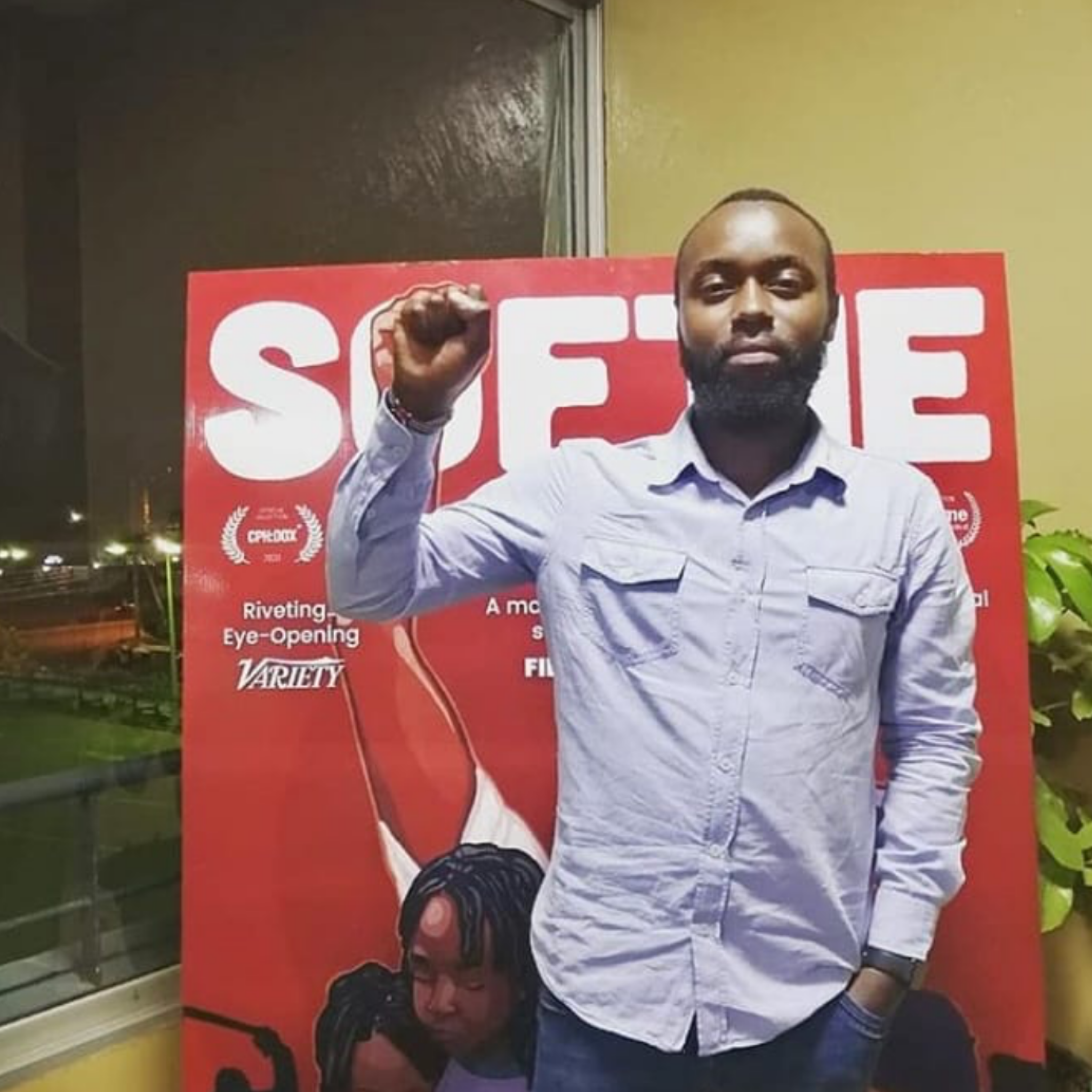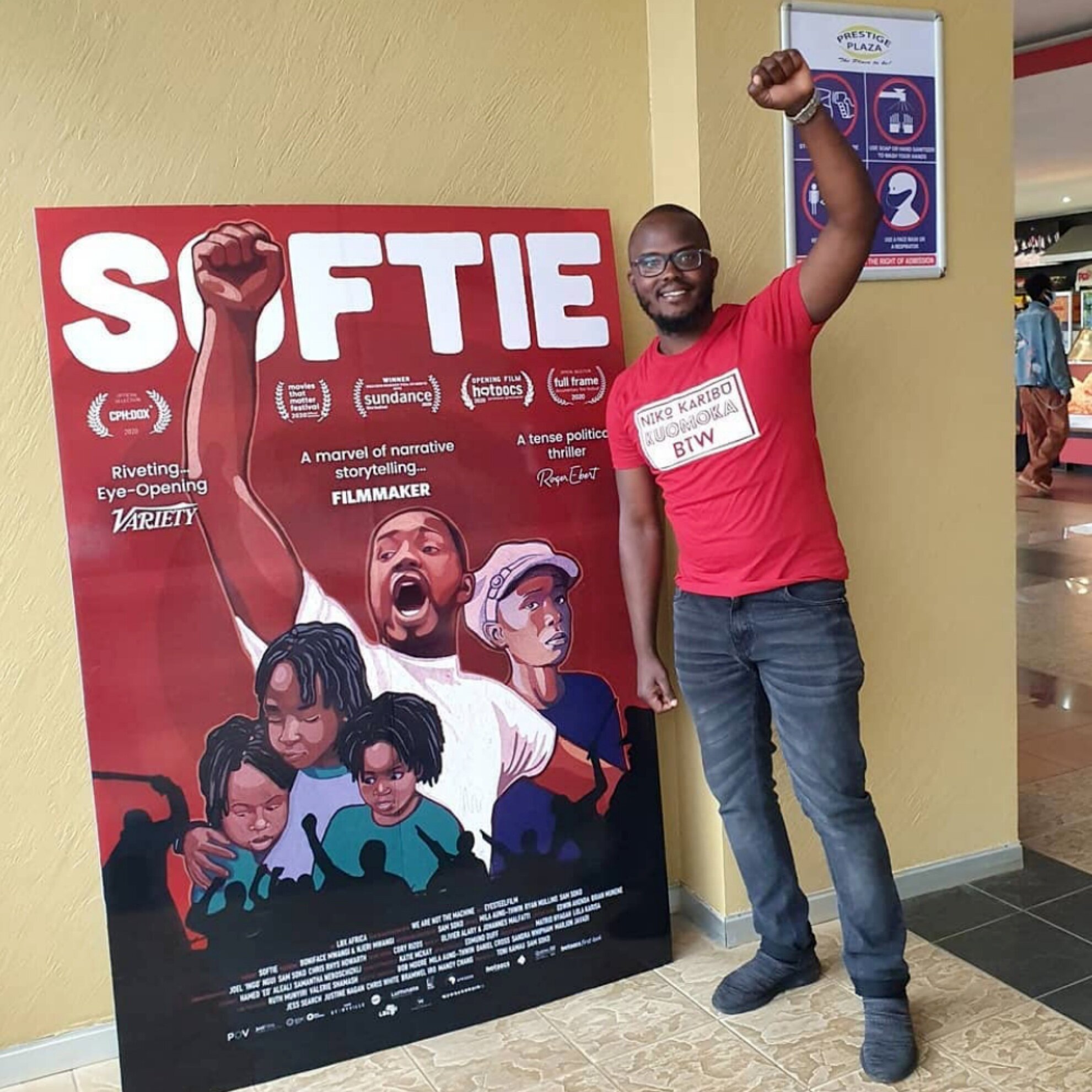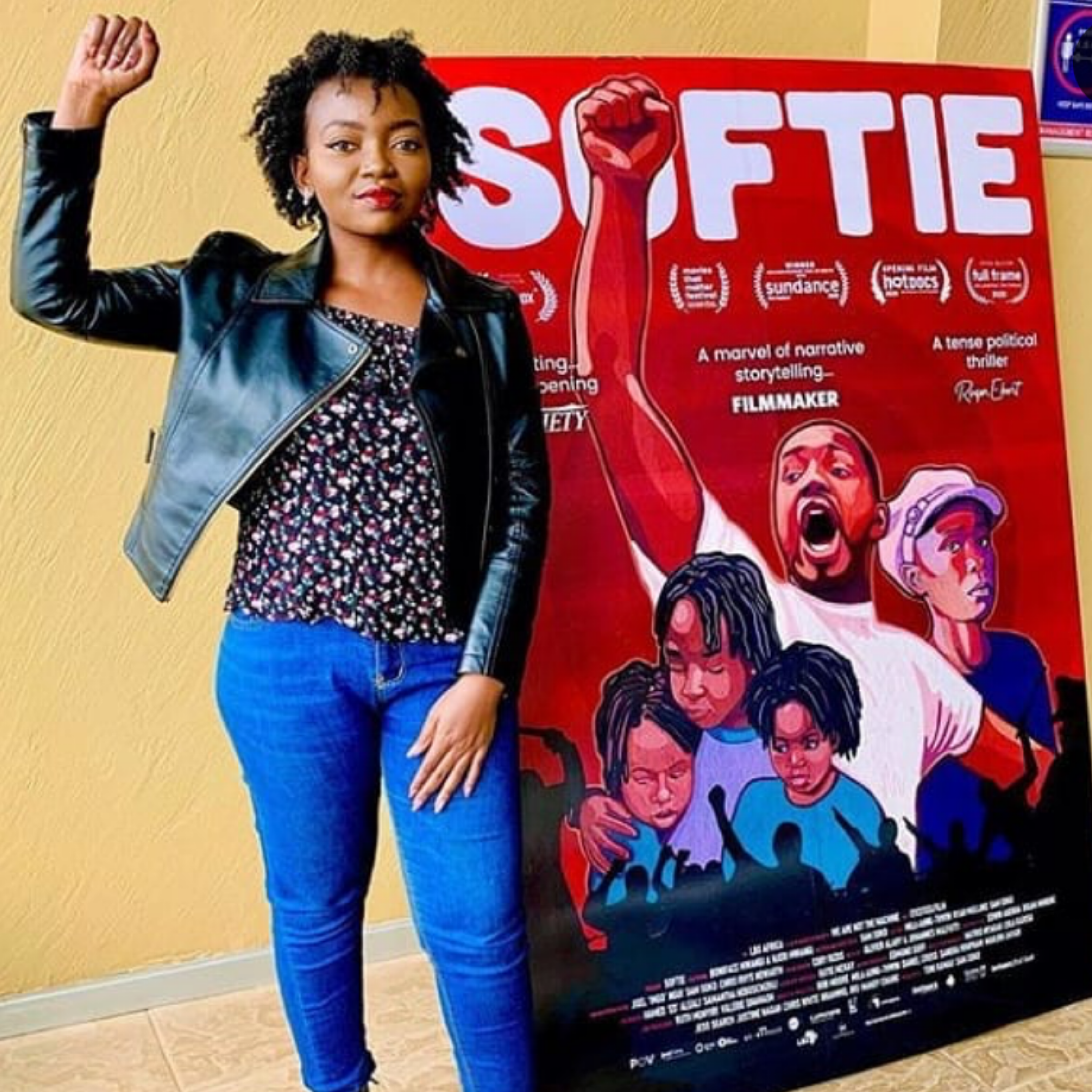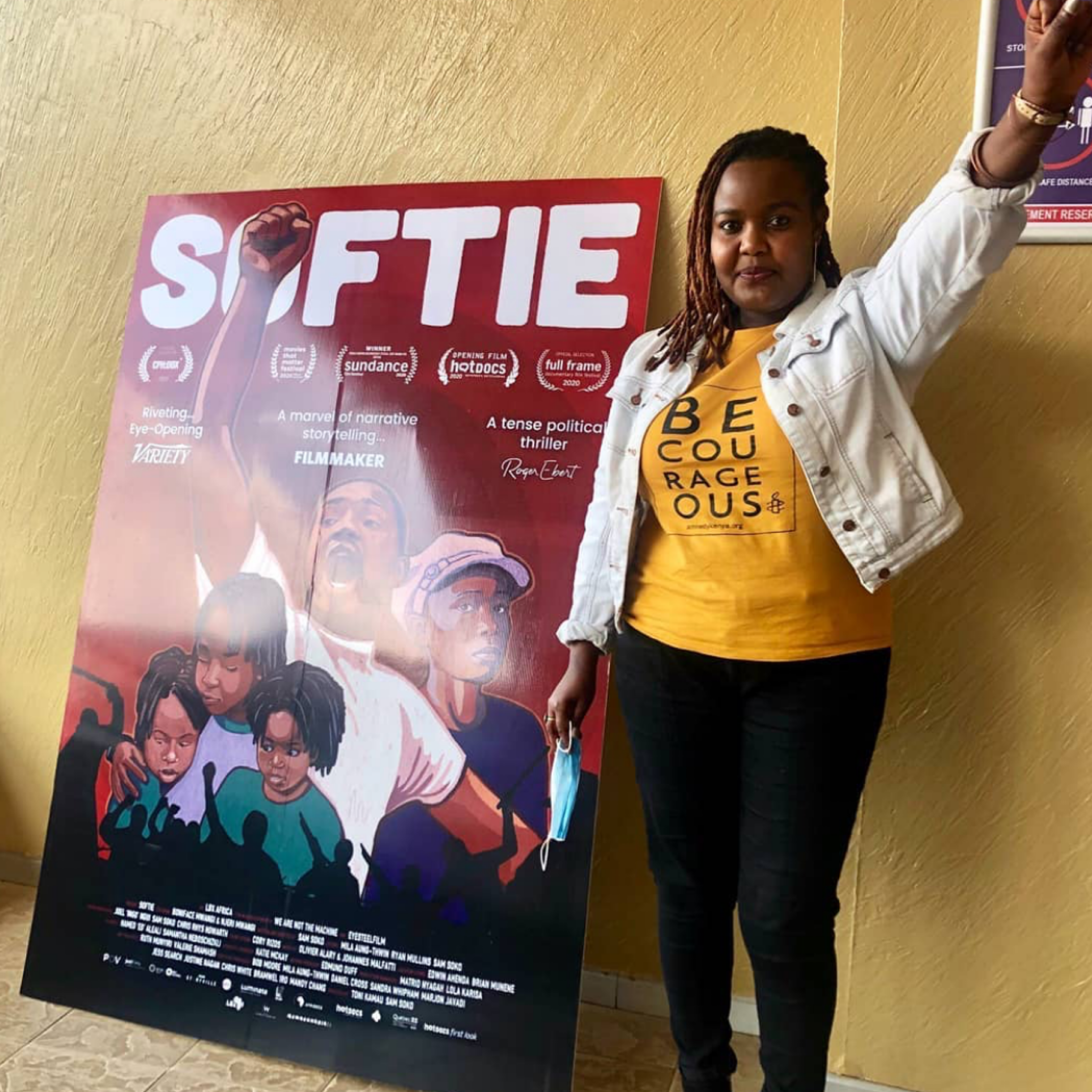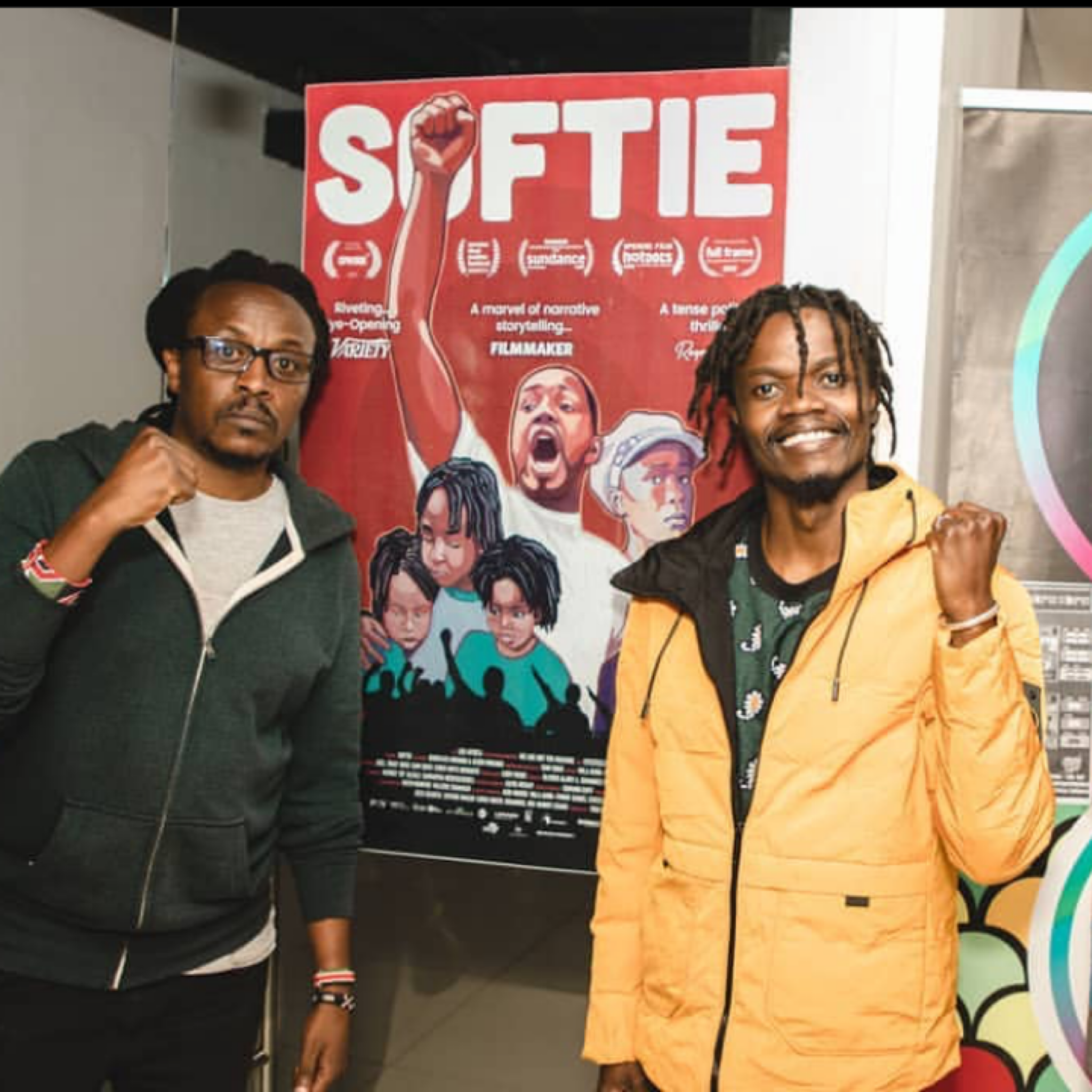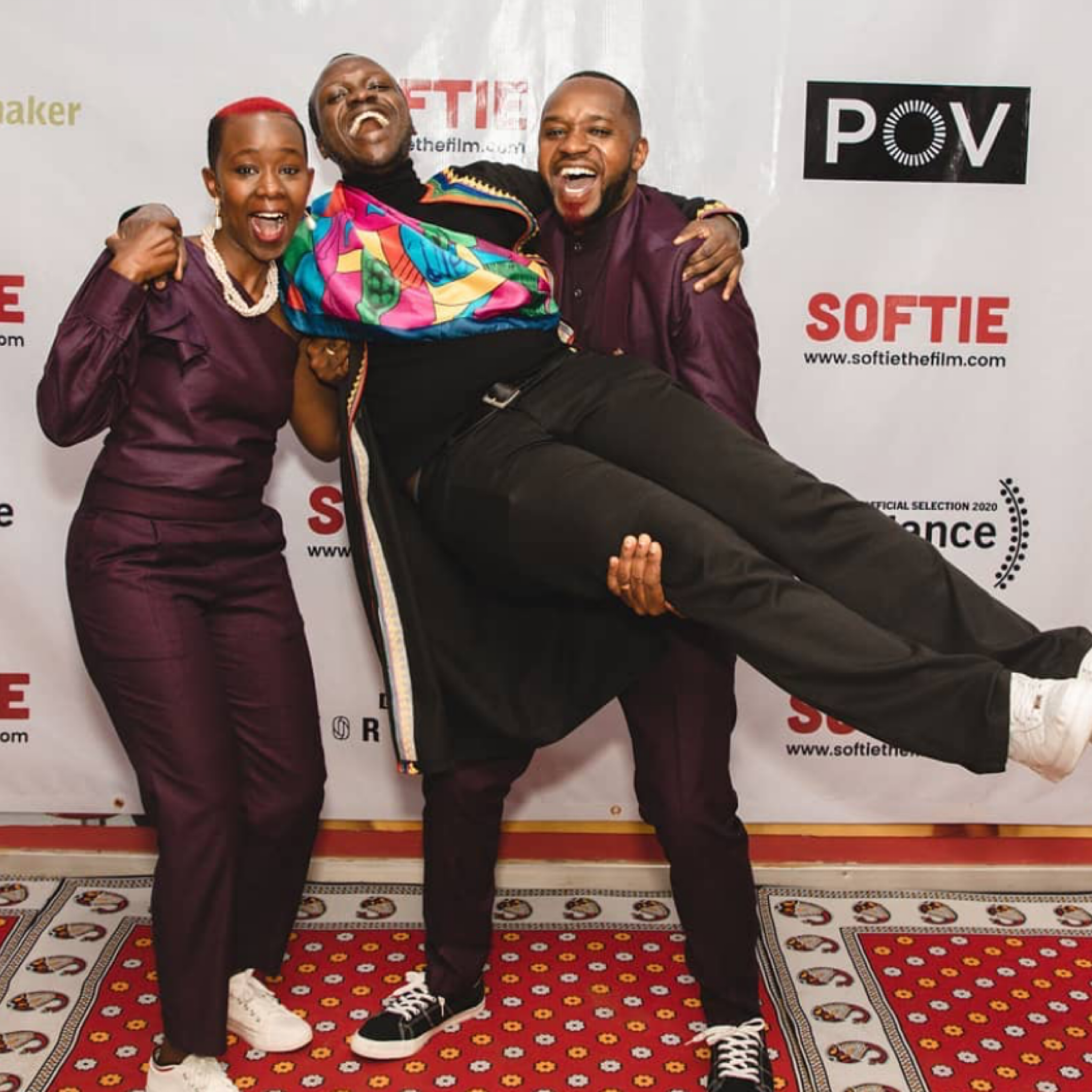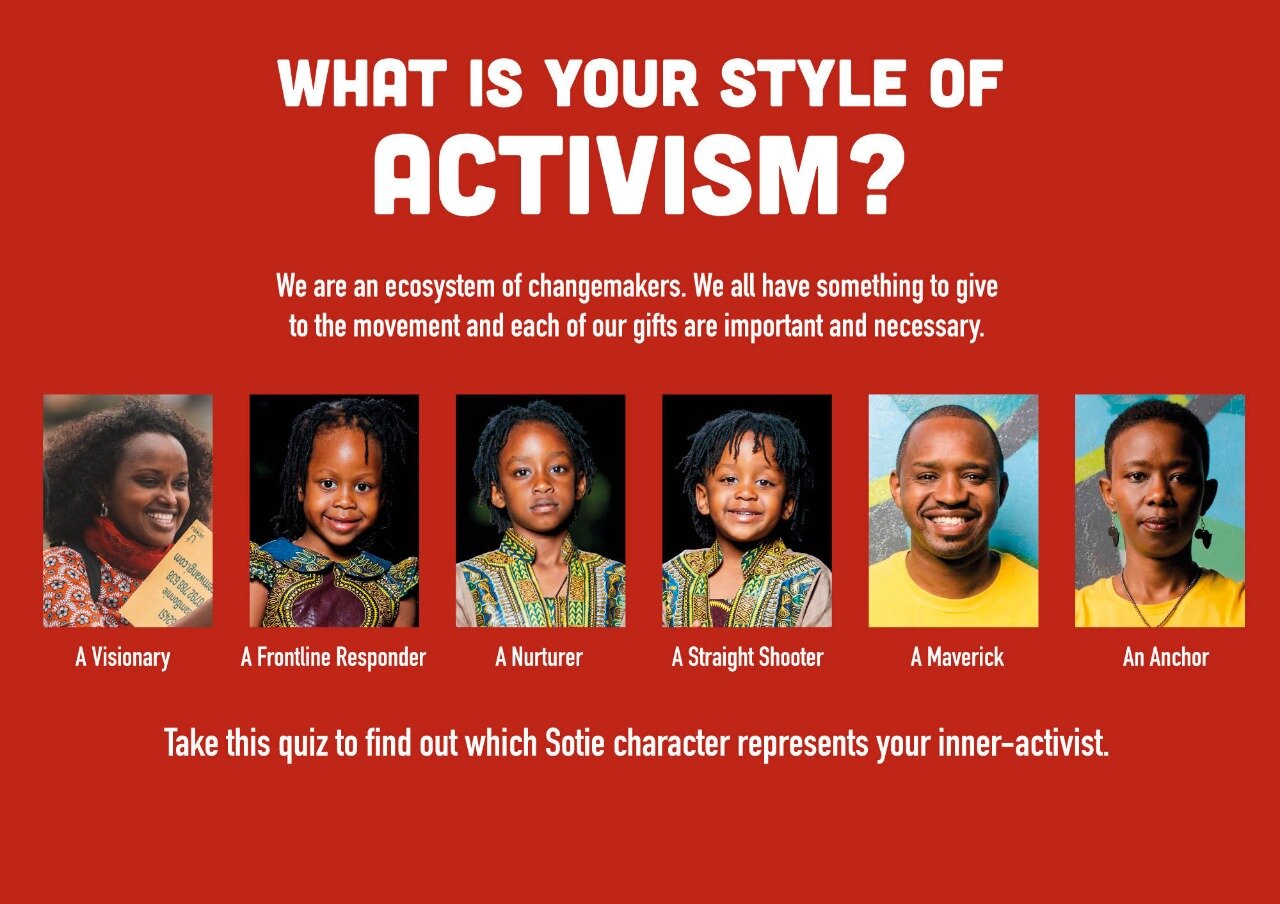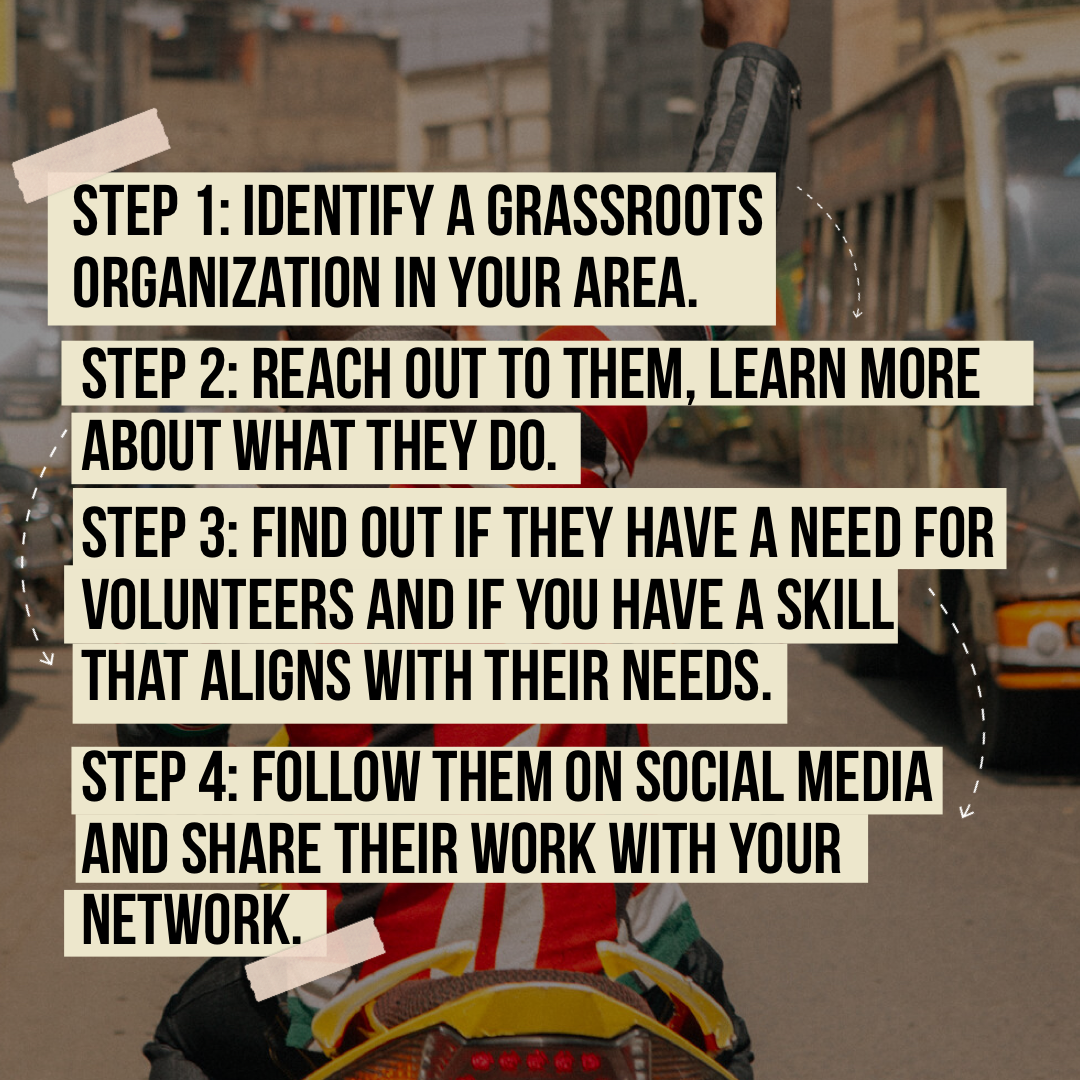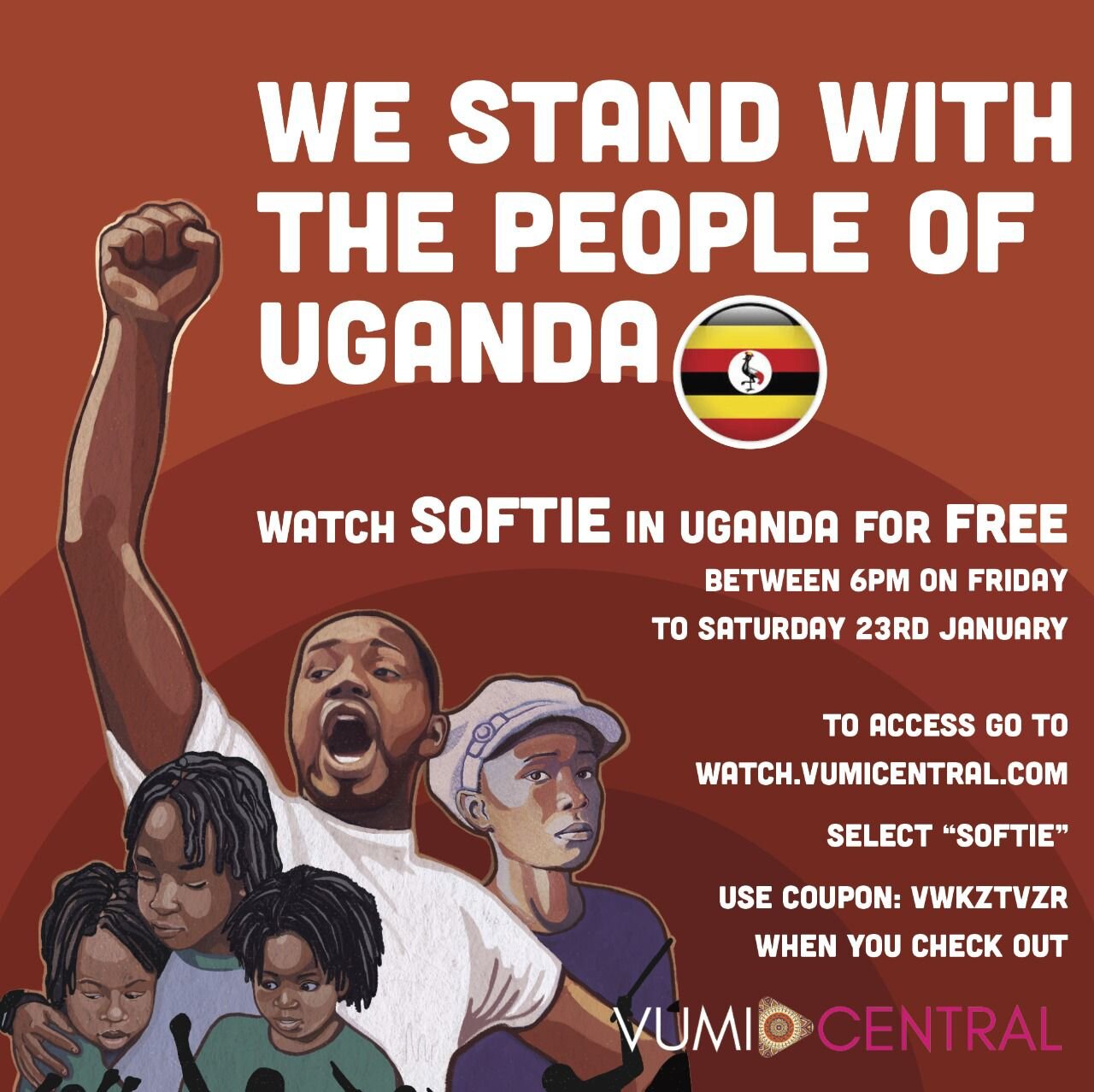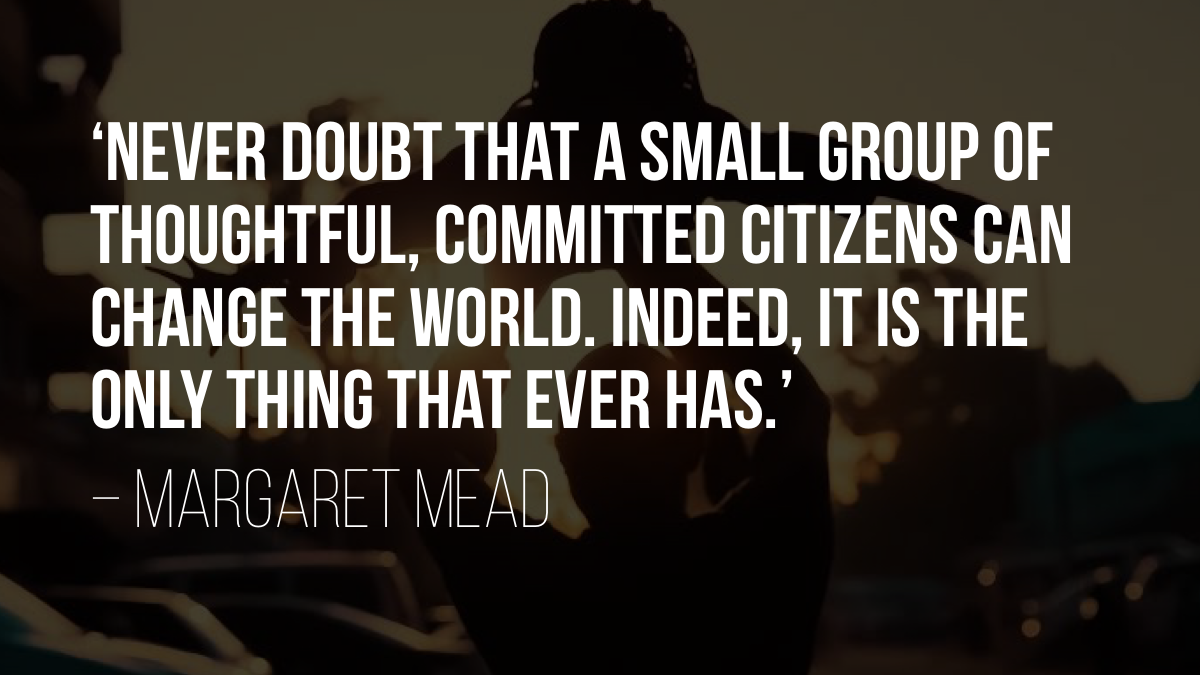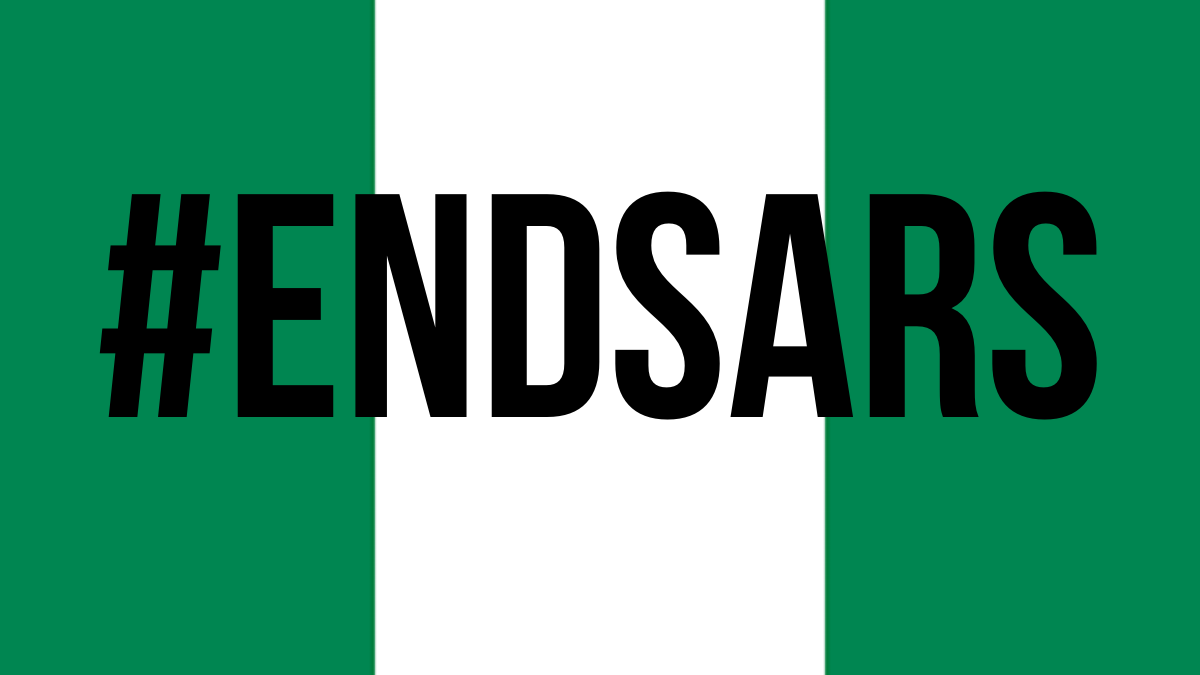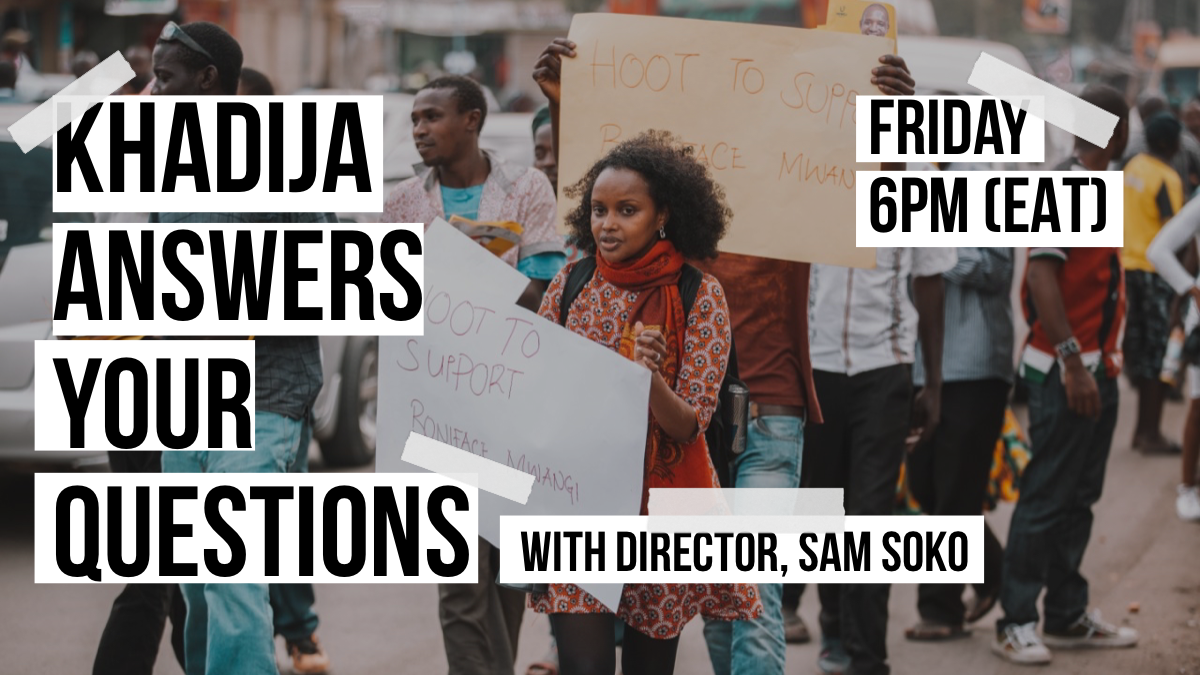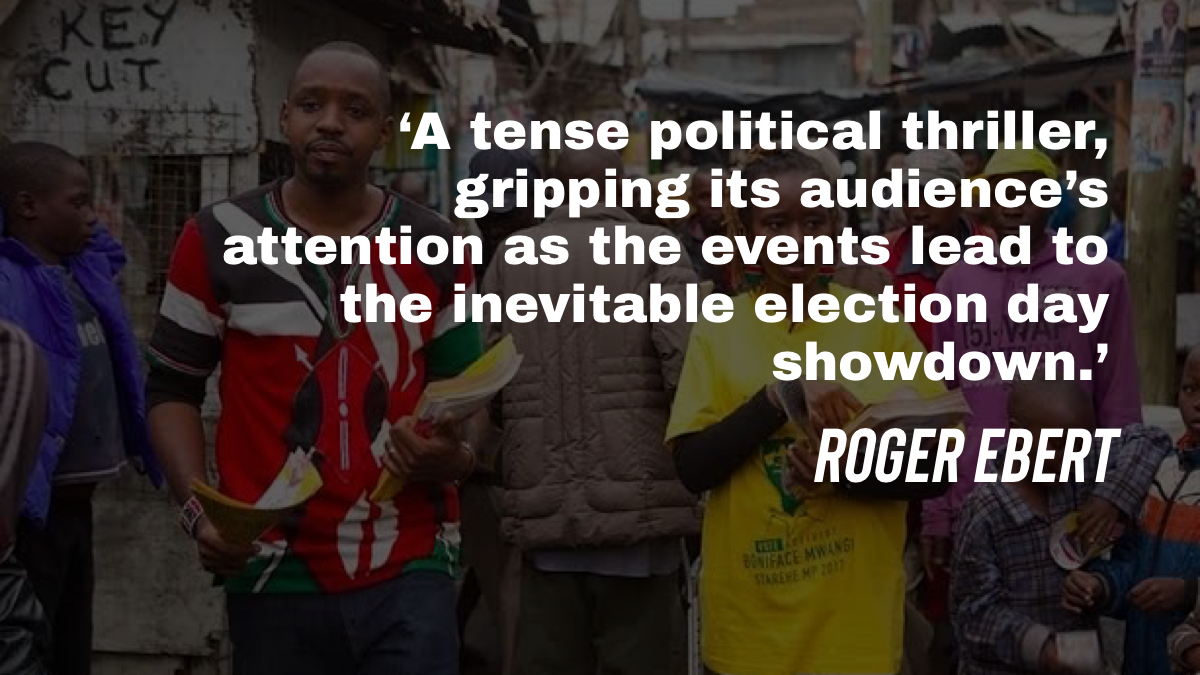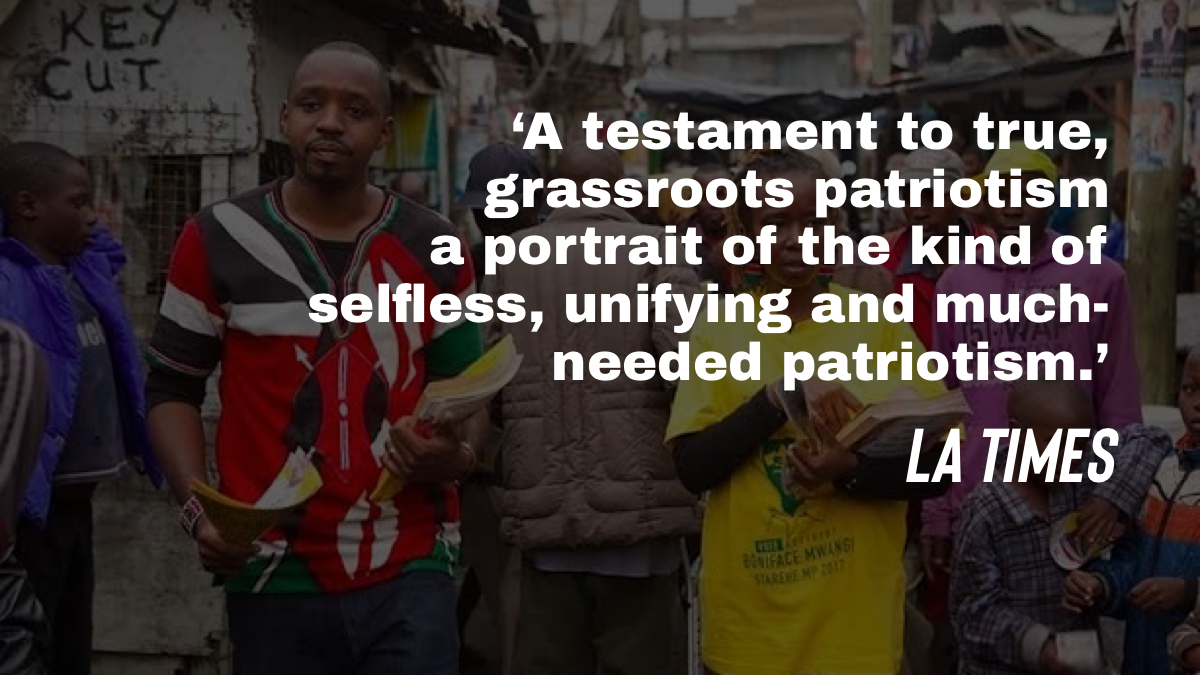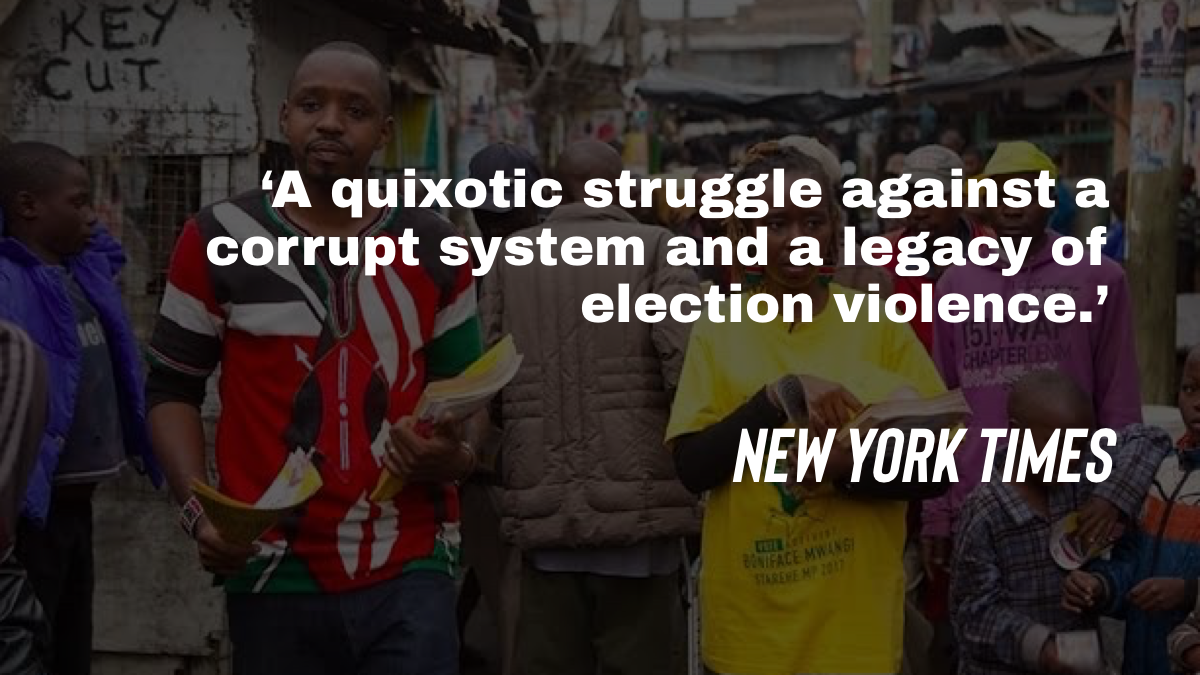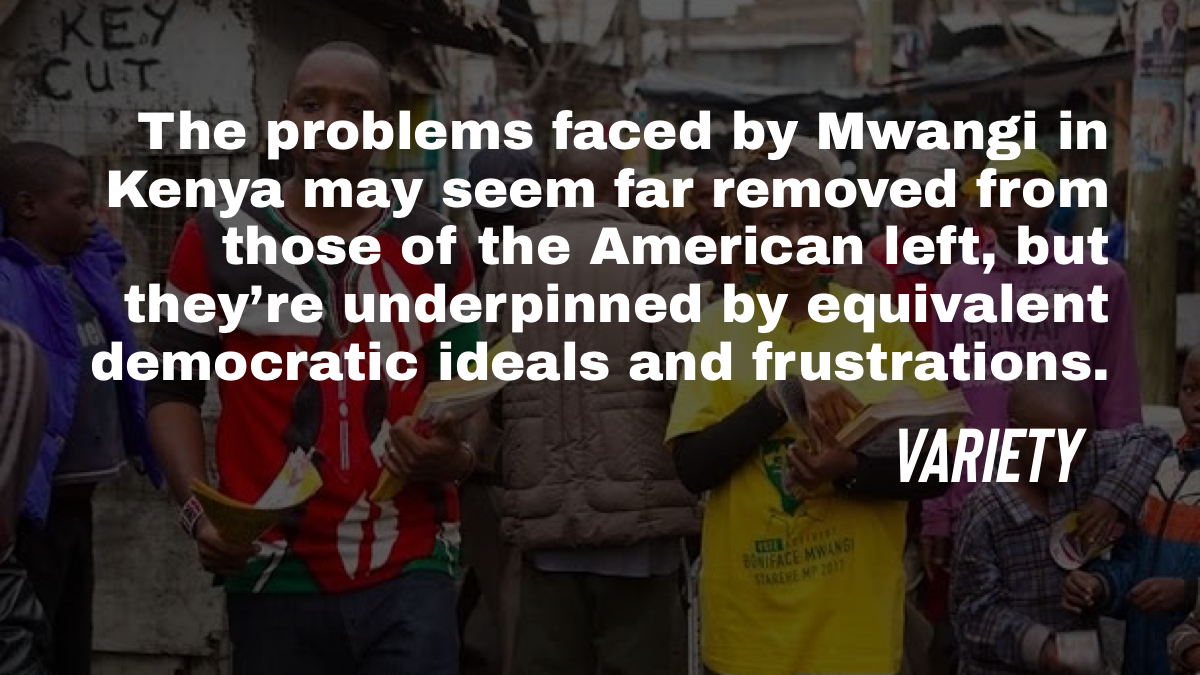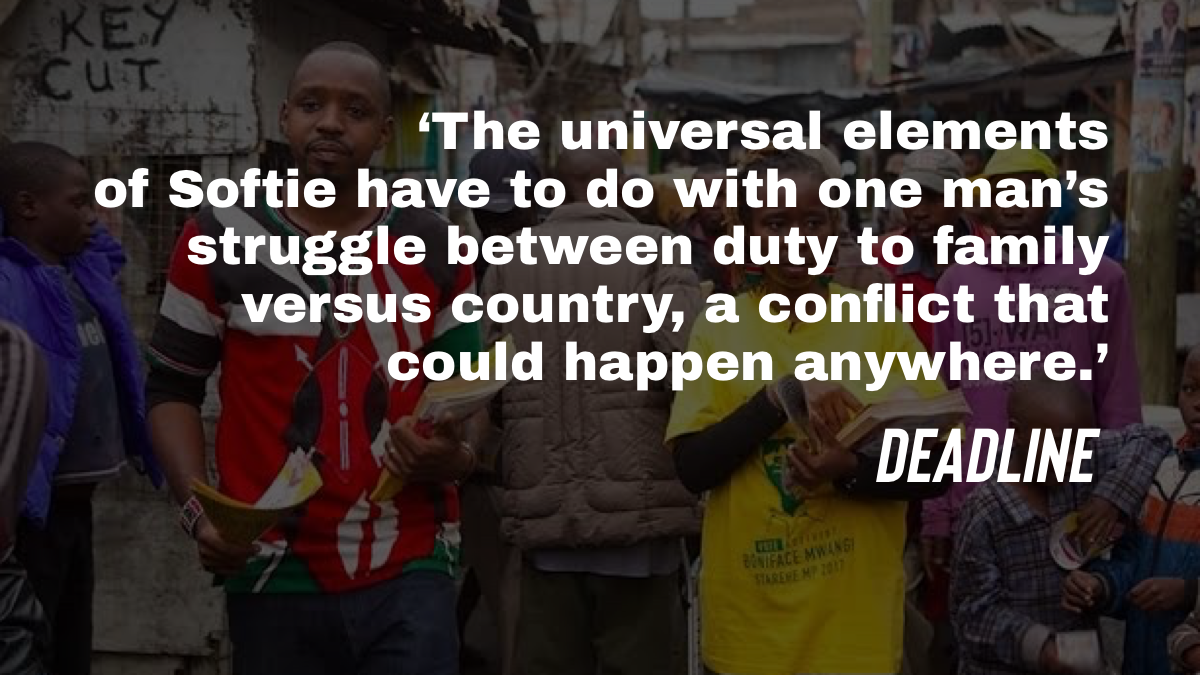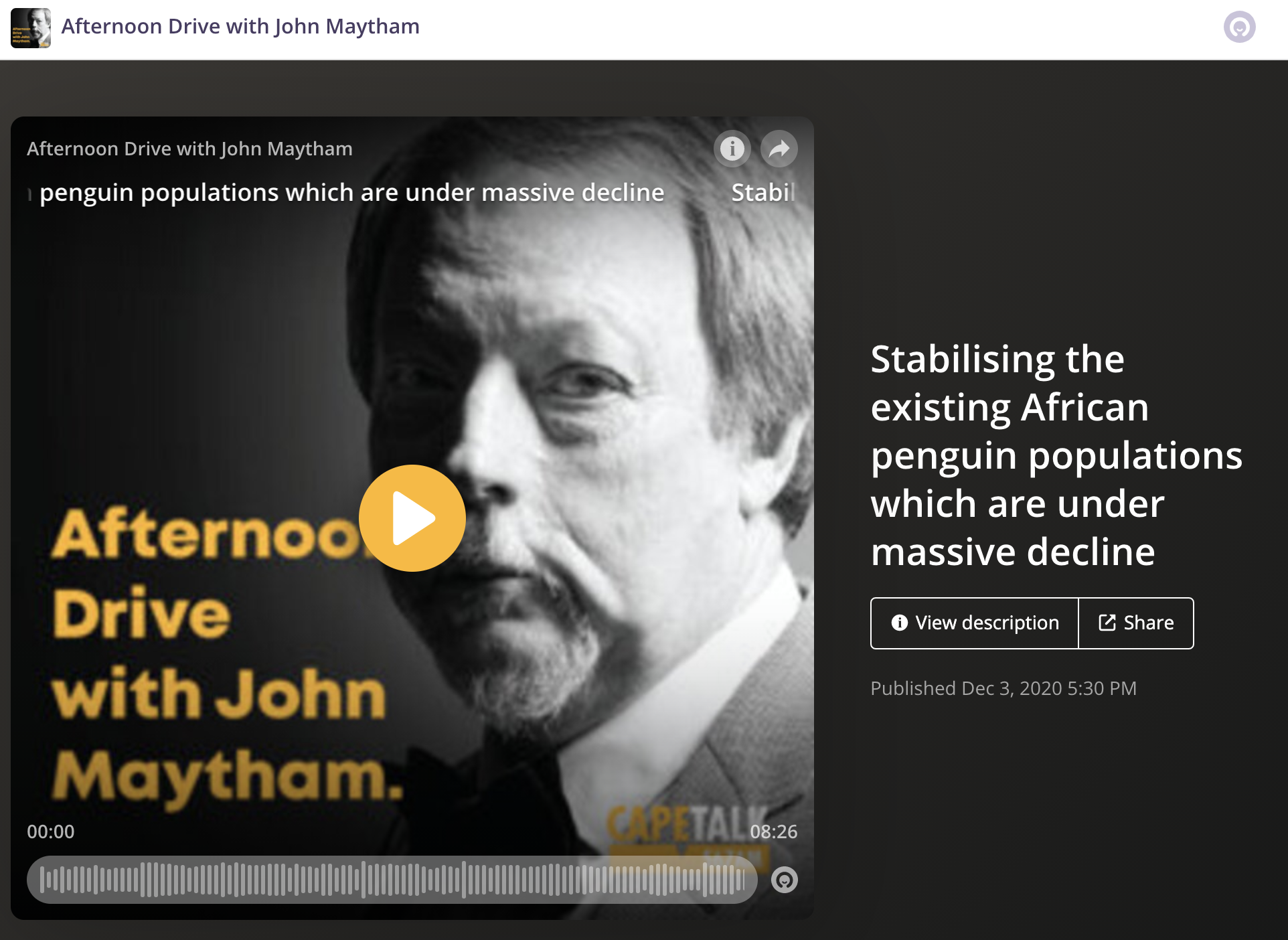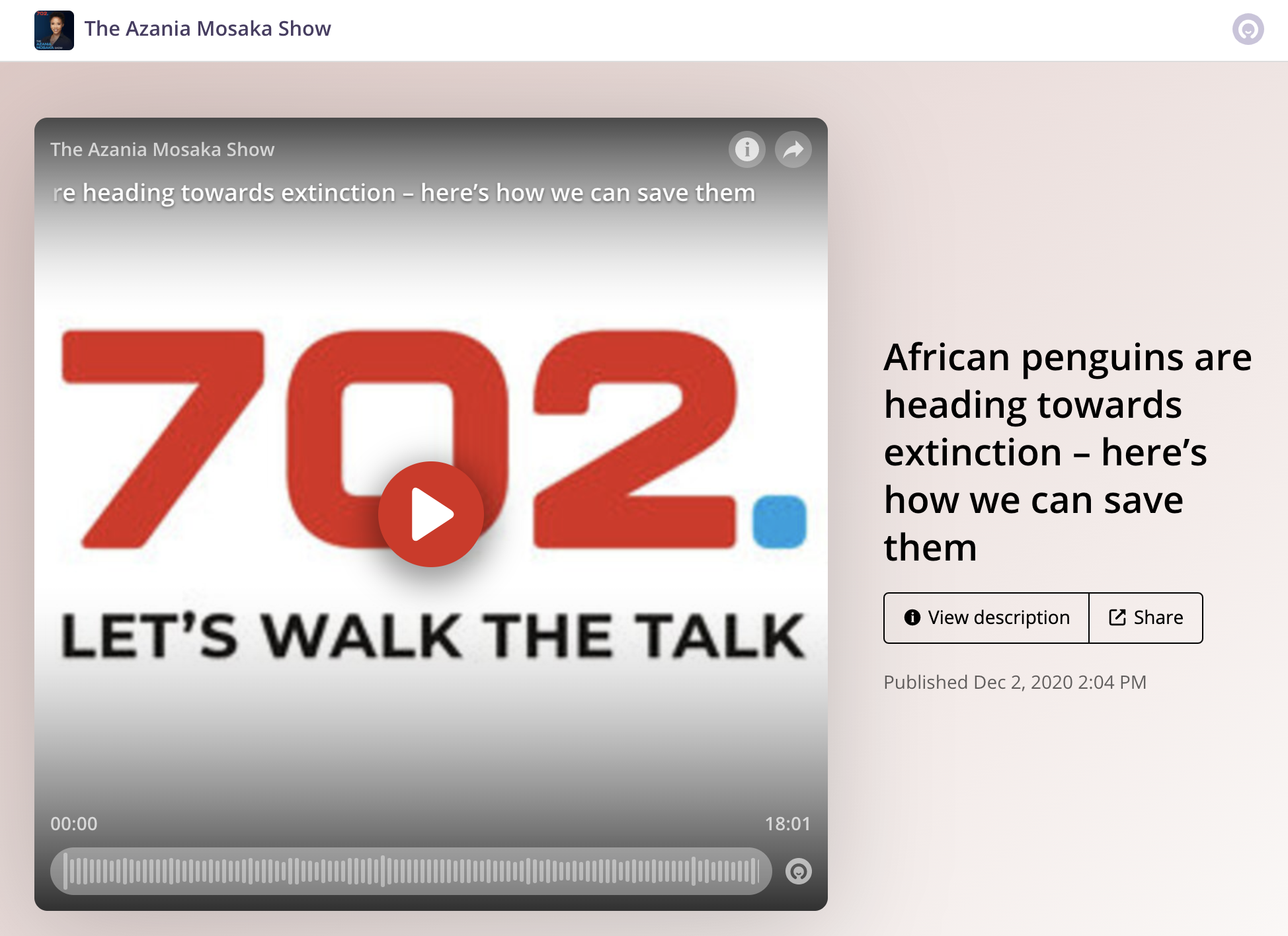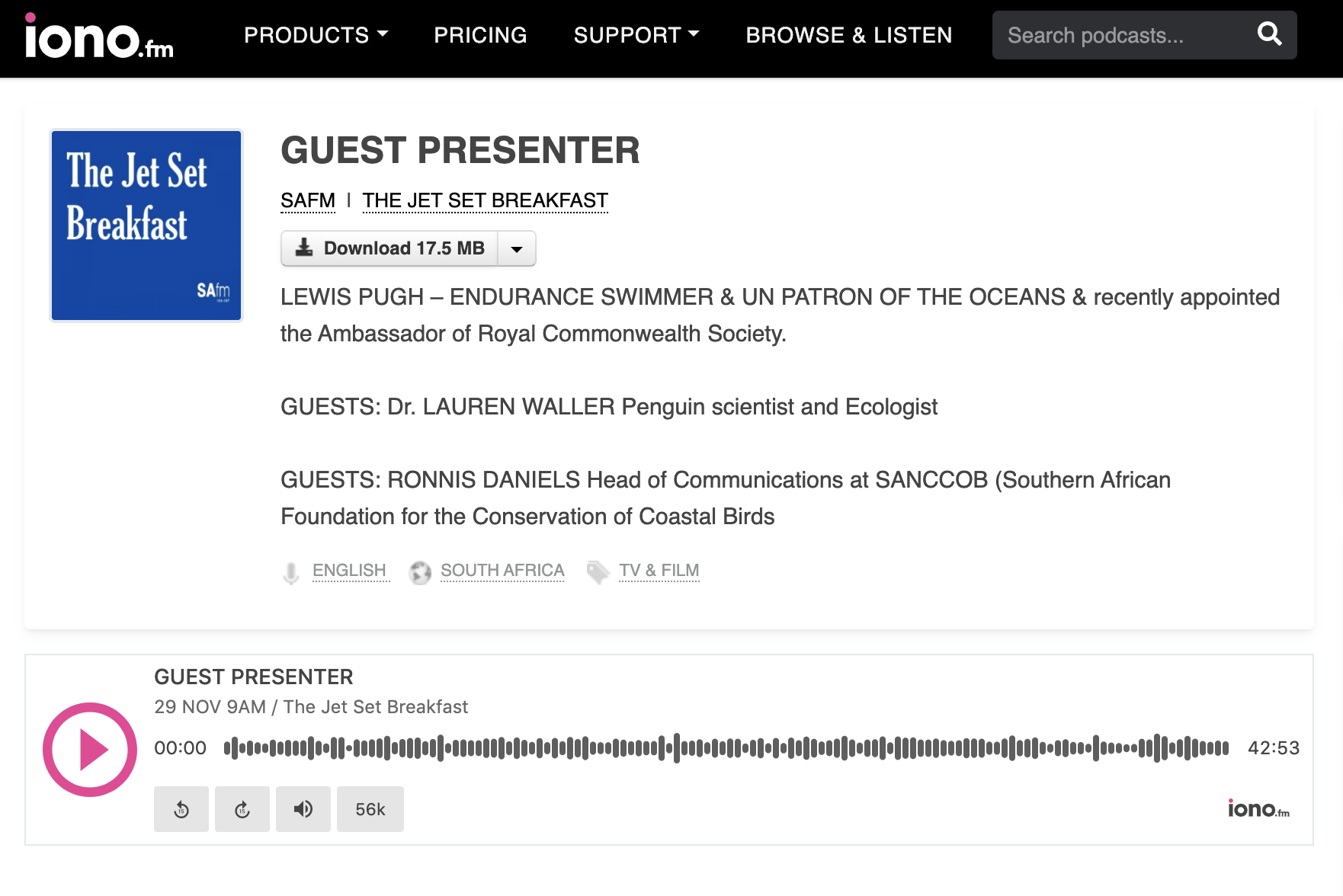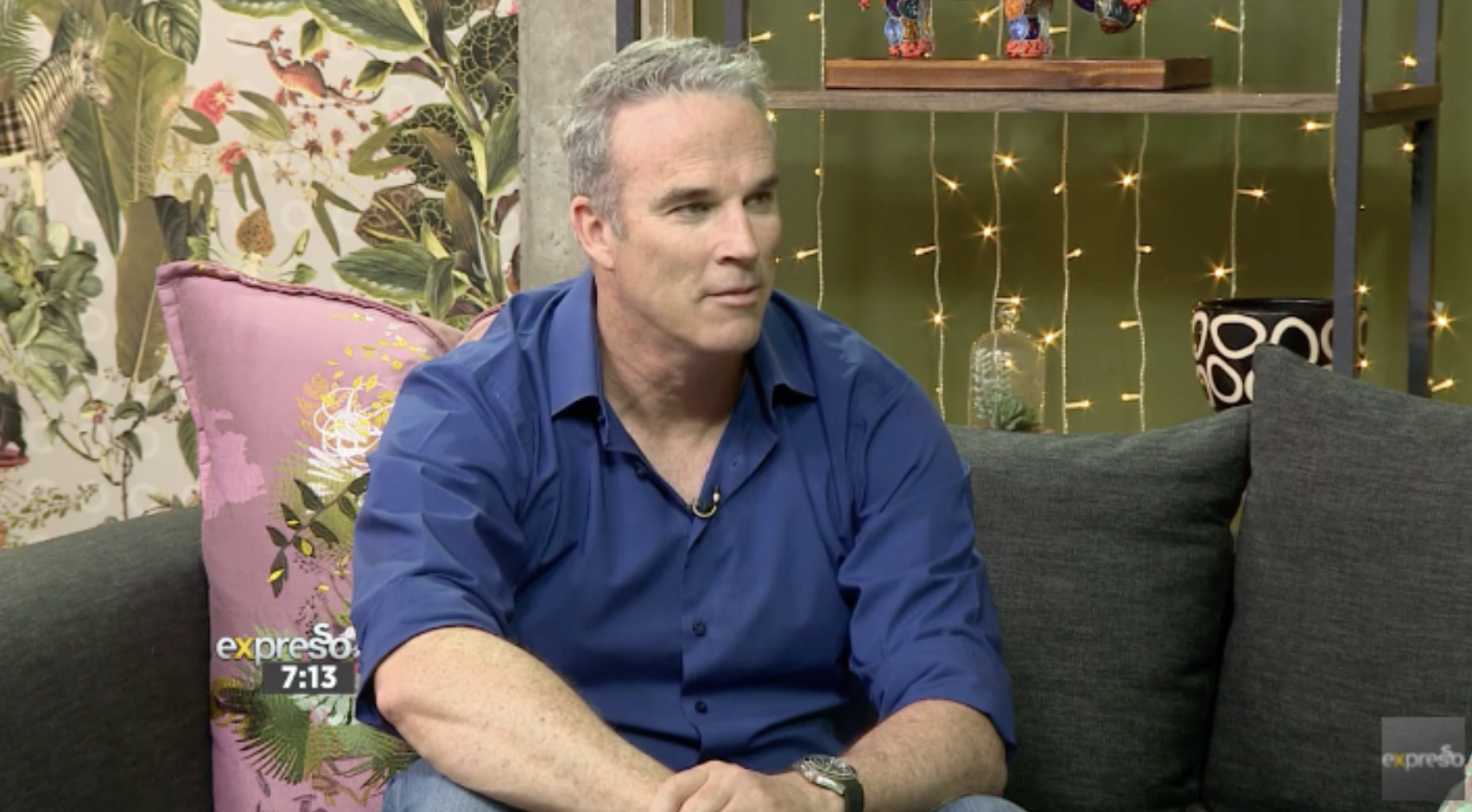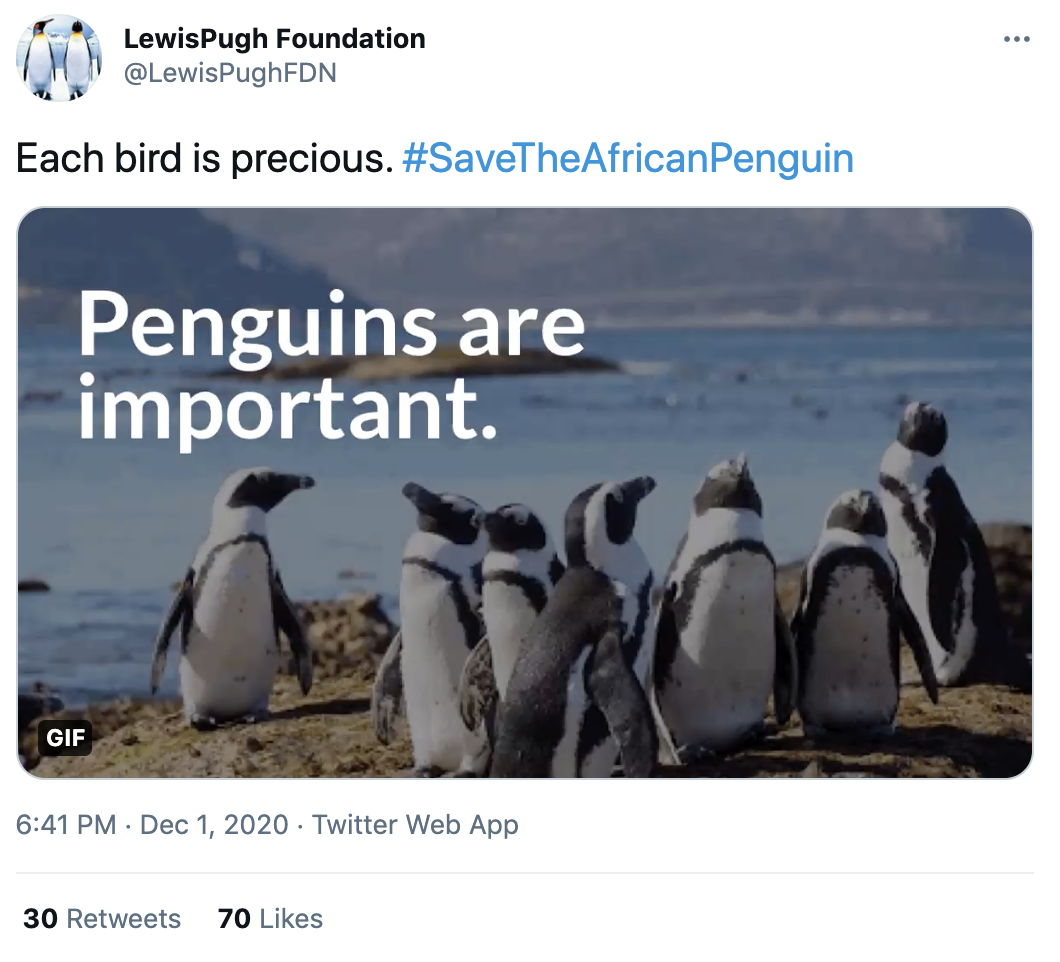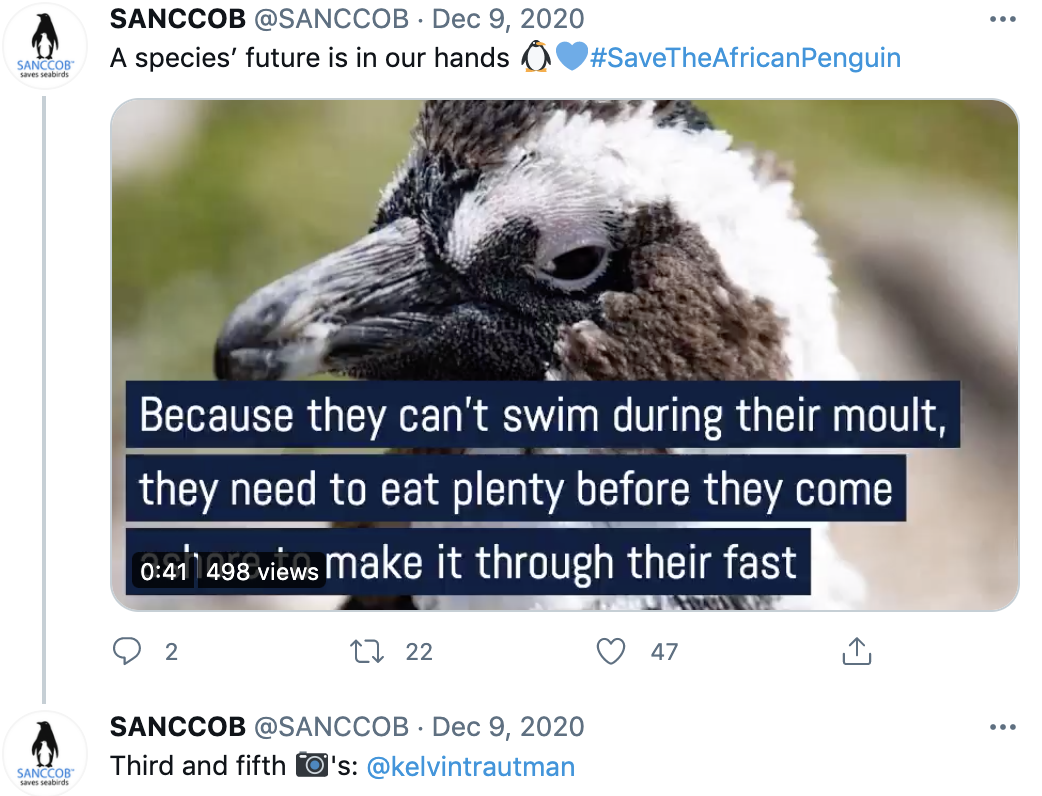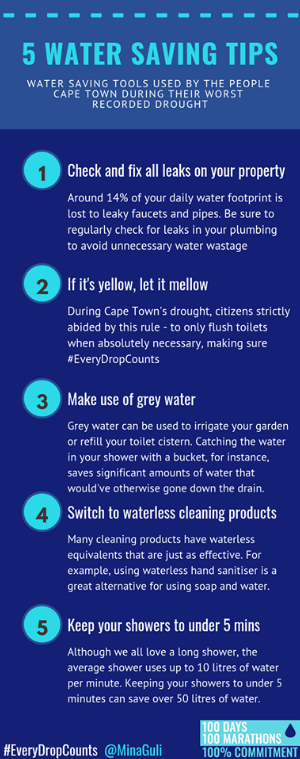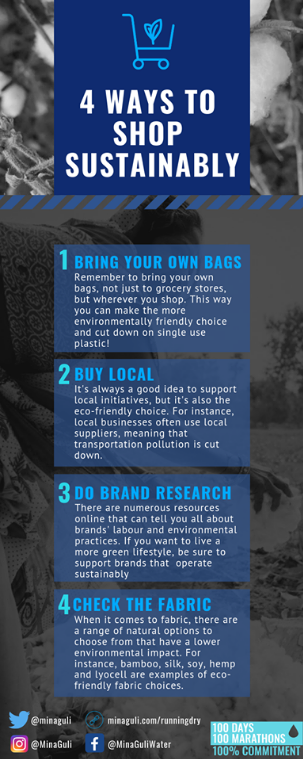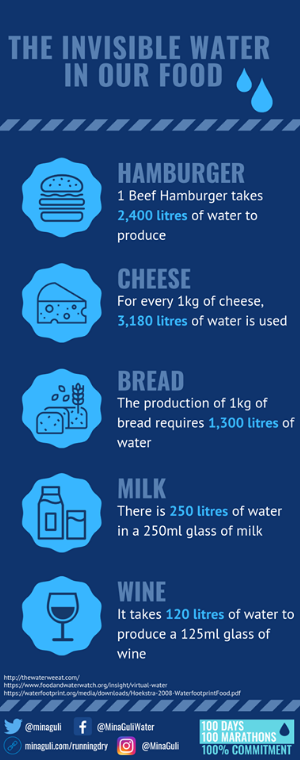The #WorldWaterRun 2021: Rallying a Global Community Together for Water
This is how we got thousands of people from 132 countries to rally together for the sake of water. And while doing so, ran the circumference of the world eight times.
Working with long-time client, Mina Guli, we were tasked with sharing the idea that when done collectively, incremental steps matter. #WorldWaterRun aimed to rally runners across the world in the name of water, with the ultimate goal of running the circumference of the world. We did that. Eight times over. How? We learned when you foster communities, they show up for you. More below.
Water. We can’t live without it, yet we treat it as if it’s an infinite resource.
When we fill our cups with clean drinking water that flows freely from our faucets, how often do we consider those who have to commute for hours just to get that first sip? We seldom think of the policies, infrastructure and freshwater systems that make that one drop possible.
Next time you take a sip of water from your filled-to-the-brim glass, or take a warm shower after a long day, take a moment to think of those that don’t have that luxury.
It was from this awareness of water scarcity that #WorldWaterRun was born.
Thousands of people - runners, walkers, joggers, and hikers - completed the distance of the world’s circumference eight times. That’s 335,657 KM for one common cause. This feat was made possible through months of careful and sincere community management, as well as content creation that added true value to Mina’s audience. With a strong foundation, we mobilised a mammoth community to take part in World Water Run and make it their own.
Our Global Community of Water Warriors
Individuals
Fostering an inclusive community means celebrating people’s individual merits, whilst also allowing them to feel part of something bigger than themselves. Let’s take a closer look at our water warriors:
There were representatives from a whopping 132 countries, ranging from South Sudan to the Vatican City.
We had runners and walkers as young as four and as old as eighty.
There were participants who did 5km over seven days, and those who did 100km.
A number of runners took part in World Water Run despite injury, disability, or illness. Billie Milholland from Canada crept into our team’s heart when she posted about her daily walks, bringing new meaning to the phrase, ‘slow and steady wins the race.’ Billie reached her target of 500m, then 1.5 km, and eventually 6km on World Water Day. And she did it with the best accessory - her trusted walker!
Everyone’s efforts were applauded with aplomb through round-the-clock community management, ready with praise, encouragement, and any questions people may have had about the event.
Three people were assigned to the (rapidly growing) community of 283,238 individuals, overseen by two campaign managers. Along with an in-house tech wizard and a custom-built onboarding Facebook bot, our team was there to ensure the community felt seen, and that joining World Water Run was as easy as possible.
Partners
Over the past year, we’ve been doing micro-community management with brands and accounts who matter, like UN-Water and WWF. These conversations have resulted in collaborations, invaluable support and partnerships.
We are especially grateful to our partners, Aqua for All, YPO and The Valuing Water Initiative, for collaborating with the Thirst Foundation on this campaign.
Our volunteers
For this campaign, we elected 18 Country Captains from across the world. For countries with a larger sign-up total, like the Philippines, South Africa, and India, we selected two Country Captains.
The following Countries were represented in our Country Captains group:
Seychelles | India | Tanzania | Philippines | South Africa | Uganda | Cameroon | Kenya | Zambia | United Arab Emirates | Namibia | Indonesia
We also had a Country Captain group on Facebook, where we gave the Country Captains priority access to information and exclusive videos from Mina. They also all received a thank you gift following the campaign.
One of our Country Captains, Anita Arendsen from South Africa
Smashing limits
Collectively, we reached and exceeded every goal for the campaign. We had a distance target of 40,075 km, but finished with 335,657 km. We aimed for 50 million impressions, but ended up garnering 294 million. We also grew our newsletter audience to 11,780, which was an increase of 8,514 sign-ups. Overall, we reached a global community of around 283,238 dedicated water warriors!
This is the power of long-term engagement and community building. The success of #WorldWaterRun shows what’s possible when you meaningfully engage with your audience. It speaks volumes for the evocative goal of raising awareness around water scarcity, and how the marriage of message and community can, quite literally, go around the world.
To stay up to date with future campaigns, keep an eye on Mina Guli’s website and social media platforms.
Website | www.minaguli.com
Facebook | https://www.facebook.com/MinaGuliWater
Twitter | https://twitter.com/minaguli/
Instagram | https://www.instagram.com/minaguli/
How Softie’s Supporters Powered Breakthrough Cinema Attendance Amidst a Pandemic
Documentaries aren’t typically known to pack out cinemas. And yet, in the midst of a pandemic, Softie became perhaps the most watched Kenyan film ever.
Documentaries aren’t typically known to pack out cinemas. And yet, in the midst of a pandemic, @SoftieTheFilm became perhaps the most watched Kenyan film ever.
In 2020, we helped launch Softie, a Kenyan political documentary that shook our team to its core. We watched, we grimaced, we laughed, we cried, we were inspired. We knew the world had to watch #SoftieTheFilm.
It all began in January 2020 during Softie’s world premiere at Sundance Film Festival. In just a few weeks, we’d reached millions of people, gained thousands of followers and felt immense pride when Softie won the prestigious Special Jury Award for Editing - a first for East Africa!
8 months later and we were thrilled to come on board for Softie’s Kenyan cinematic debut in October 2020. We couldn’t wait to share this vital piece of work to the world.
There was just one hitch. COVID-19.
Softie Comes Home
`Softie’s in-house team had been posting about Softie for months, and a small group of documentary lovers and politically engaged supporters were amped and asking when it was coming to Kenya, having heard about its international acclaim.
At last, in mid-September 2020, it was time to launch Softie’s trailer. We seeded it to dozens of influential voices in the Kenyan social media ecosystem, and to our super-fan WhatsApp group. And it took off! The trailer organically garnered over 42.5K views on Twitter alone. With a base of around 2000 followers at the time, this was impressive, to say the least.
The people of Kenya were ready for #SoftieTheFilm. Finally, a film that spoke truth to power and so pertinently depicted their country’s political breakdown.
Massive Response
Authentic community management has always been a core facet of our methodology. Ensuring each comment is acknowledged thoughtfully and building a true sense of community has been vital to the success of previous campaigns.
We know this approach drives up engagement, but nothing could prepare us for the tidal wave of engagement that Softie’s cinema launch amassed. We soon realised that responding to this amount of people was far too much for one person. We brought on three more team members to manage the floods of online support and divided the week into shifts that lasted until 9pm. This helped us achieve a near unbeatable response time.
The work was well worth it. Engagement built momentum and fuelled a media frenzy.
Breaking Records in Cinema Attendance
Lockdown was in full force across Kenya when the one week cinema run was scheduled. This meant cinemas had to operate with fewer staff and host smaller audiences. Our job was clear: we needed to assure audiences that their safety would be top priority during screenings, but also encourage people to attend.
We enlisted local Kenyan fashion designer, David Avido to create custom Ankara Softie masks for the cast and crew to wear to the events. Stylish? Check. Literally in Vogue? Also check.
We also saw the power of championing our physical audience in the online space - making them feel seen, appreciated and part of the Softie community.
We asked people to share their cinema photos, posing with a fist raised in front of the epochal Softie poster. We responded to every one of them and posted many to Softie’s channels. Our South African team also learnt basic Swahili in order to respond to Kenyan comments with understanding, care, and delight.
Watching Softie became a badge of honour; the responsible thing to do for those who cared about their country and more widely, their world. Softie became a symbol of rebellion, of hope. You wanted to be on the same side as its story.
A pay-it-forward dynamic emerged where supporters started contacting us to buy tickets for other people who couldn’t otherwise afford to see the film.
The film spread like wildfire, with each week bringing news that the cinema run had once again been extended. After one week was extended to well past five, Softie became one of the most watched Kenyan films in the country’s history.
The element of play
The film’s subject matter is often serious. And its key themes often relate to the harsh reality of operating in an increasingly daunting world. We soon realised the need to avoid over-seriousness and maintain an element of play throughout the campaign.
Our commitment to play also came through in small, meaningful gestures. We launched custom Whatsapp stickers for the team and people on our insider’s group (a list of strong Softie supporters gathered since Sundance) to use.
We produced reaction gifs from the film and uploaded them to Giphy to use in community management, whilst also finding a greater audience for Softie via people searching directly on Giphy (download all the Softie gifs from GIPHY here).
We also wanted the community to get to know the incredible crew behind Softie. We introduced them each on social media, shared baby photos, celebrated birthdays and award nominations and did a few old-school throwbacks.
An audience favourite was Khadihja Mohamed, Boniface’s campaign manager. To give the community an opportunity to engage with her directly, we hosted a live Q&A session with Khadija and Softie’s Director, Sam Soko. The creative team ensured sleek production of the broadcast to Facebook and Twitter, with Khadija giving practical tips on how to protest and mobilise around various issues.
11 million people reached
From September 2020 onwards, we saw the Softie community grow from around 3000 followers across all channels to over 15,000. We reached over 11 million people (around the world, not just in Kenya) with over 47,000 engagements on social media alone. We garnered high-level shoutouts, gained international acclaim, and helped to frame the film and its eponymous hero, Boniface, within crucial discussions surrounding democracy and justice.
If you haven’t yet seen the film, it’s still available for streaming on multiple platforms across the world. It has scored 92% on Rotten Tomatoes, 73% on Metacritic, and 8.1 on IMBD. Softie won the World Cinema Documentary Special Jury Award for Editing at the Sundance Awards (2020), the award for Best Documentary at Durban International Film Festival (2020), Best Film at the Encounters South African International Documentary Festival (2020), the Cinema Eye Awards Distinctive Honour Award of ‘The Unforgettables’ (2021), Silver Star for Best Feature Documentary at El Gouna Film Festiva (2021), International Documentary Association (IDA) nominee for Best Feature (2020), PGA nominee for Outstanding Producer of Documentary Theatrical Motion Pictures (2021), and the Academy Awards Longlist (2021).
Advocating for youth in Africa’s peace and security agenda #WhatMakesYouthFeelSafe
Working with ISS Africa we activated young peace-builders in 20 African countries; and gained lifelong lessons on community, leadership and the importance of incorporating play in work.
Written by Sandiso Matshikiza, Graphics by Schalk van der Merwe
In March 2021, we came together with the Institute for Security Studies for what seemed like a simple and straightforward project on Youth, Peace and Security. Activist Aya Chebbi was approaching the end of her two year term as the African Union’s first Youth Envoy, so we wanted to reflect on her work and ask the question “What’s next for Africa’s Youth Peace and Security agenda?”
The conclusions that we reached during our reflection process revealed some startling insights:
42% of the world's youth will be African by 2030, yet little is being done to equip young leaders on the continent. The African Union, whose mandate is to cover Youth Peace and Security among its other agendas, seems detached from the needs of the youth on the ground. Constantly excluded from key decisions and represented by leadership who are much older, African youth do not feel safe and they do not feel heard.
So what did we do?
With these daunting facts, we saw an opportunity to crowdsource the perspectives of youth from all over Africa to understand: What makes youth feel safe? What makes youth feel unsafe? What made this campaign special was that we took a simple question of safety in one's community, easily answerable by a small child, and used it as a line of communication between African youth and AU leaders. By answering the question, African youth were directly influencing the next steps for the African Youth Peace and Security (YPS) agenda.
We kickstarted the campaign with a WhatsApp group to discuss the topic. Working with ISS lead researcher, Munei Kujeke, we convened over 130 young peace builders in more than 20 African countries.
Whilst the official platforms for the campaign were Twitter, Facebook and Instagram, it was on our WhatsApp group where the conversation unfolded organically. We worked with these young people to turn their statements into videos, which eventually spilled over onto other the other platforms. As the week progressed, there was an outpouring of videos from all over Africa, with youth bravely speaking out on issues such as the importance of good governance, the scourge of gender based violence and the need for inclusivity and opportunities across all youth groups.
“Hearing multiple perspectives, in different languages with different cultural backgrounds, united through a noble purpose, is a feeling that can only be described as spiritual.”
With an organic reach of over 548 000 people, the #WhatMakesYouthFeelSafe campaign clearly struck a chord. From the first sprouts of debate on the WhatsApp group, right up to the peak of the conversation during the round-up seminar - the conversation was rich, vulnerable and gave all those involved a genuine sense of belonging and importance. Accordingly, it came as no surprise when we learned that the campaign had caught the eyes of broadcasting channels such as eNCA and Big Daddy Liberty who invited lead researcher Muneinazvo Kujeke for interviews.
Behind the scenes: Key challenges and breakthroughs
Behind the scenes, the campaign did not come without its challenges. A major technical obstacle that we came across was the realisation that although the call to action had been for videos, not everyone involved in the campaign had access to bandwidth. So as the week progressed, we improvised and included posters and text messages as part of the conversation.
For the community manager and interaction designer on the account, this was a debut campaign which we playfully describe as a ‘baptism of fire’.
“My personal breakthrough was when engagement with the initial videos was very low and people were just not joining the conversation. I realised the value of my vulnerability and the need to honour my responsibility as African youth. So I grabbed a pen and board and I added my voice.”
Our team saw its defining moment, however, as we approached the campaign round-up seminar and Schalk surprised us with a short clip which showed all the faces of the youth who had participated in the campaign. This strategic move shifted the energy of the campaign and raised the commitment levels of the participants significantly- showing us that before issues are unpacked, the affected parties value being seen and acknowledged.
So, in a campaign that was meant to bring attention to Africa’s Youth Peace and Security agenda, we managed to reach youth across the continent and got them to raise their voices on critical issues which affect them and their ability to flourish.
For us, some of the key learnings were:
The importance of an authentic engaging conversation behind a public mobilization;
The importance of leading by example, and showing community members how to participate.
The importance of supporting and acknowledging participants so they feel heard. Whether by responding to them on social media, or featuring them in the content directly.
#WhatMakesYouthFeelSafe carries lifelong lessons on community, leadership and the importance of incorporating play in work.
Working Together to #SaveTheAfricanPenguin
Treeshake partnered with SANCCOB and the Lewis Pugh Foundation to secure national media coverage, and reach over 1m people on social media to alert South Africans about the urgent need to #SaveTheAfricanPenguin.
How do you get the media to pay attention to the steady population decline of the African Penguin amidst a global pandemic and rising unemployment? SANCCOB, The Lewis Pugh Foundation, and Treeshake came together to achieve more together than any one organisation could do alone. In under two weeks we secured coverage from mainstream South African media platforms - including The Daily Maverick, Expresso, Cape Talk, 702, SAfm, The Herald Live - and reached over 1 million people reached on social media and many more on radio and TV.
A collaboration to Save Seabirds
The Southern African Foundation for the Conservation of Coastal Birds (SANCCOB) is an organisation that has been dedicated to saving seabirds since its establishment in the late 1960s. Fifty-three years on and the centre is still leading African penguin rehabilitation and rescue in Southern Africa.
SANCCOB does not do it alone however, having successfully pulled off mammoth seabird rescues with help from their dedicated volunteers and various supporters. One of which is Lewis Pugh, UN Patron of Oceans and endurance swimmer.
In November 2020, Treeshake worked with SANCCOB and the Lewis Pugh Foundation to share a simple message: African Penguins are at risk of functional extinction, we need to do everything we can to save them. During the two-week campaign, Treeshake ran the media, digital, and PR for #SaveTheAfricanPenguin campaign to raise awareness on the plight of the African Penguin.
Photo: Kelvin Trautman
Giving the African penguin a fighting chance
Every year African penguins moult. This generally occurs November through to January, where birds stay ashore for up to three weeks shedding and regrowing their protective feathers. Towards the beginning of moulting season, Lewis Pugh had the opportunity to drive out to Stony Point, one of South Africa’s largest and most successful African penguin breeding colonies to assist SANCCOB with a release of rehabilitated penguins. Scanning the colony, Lauren Waller, a SANCCOB marine scientist, started pointing out birds to Lewis that weren’t likely to make it in the coming days. Fat, plump birds is what Lewis and Lauren should have been seeing on that rocky shoreline. Instead, they saw malnourished penguins with their breast bones sticking out. To quote Lewis Pugh’s OP-ED in the Daily Maverick:
“I’ve visited penguin colonies all over the southern hemisphere, but until now, I’ve never seen a starving penguin. It was eerily reminiscent of the malnourished polar bears I’ve seen in the north.”
Photo: Kelvin Trautman
Saving the African penguin hinges on several factors. One of which includes shifting offshore bunkering away from penguin colonies and another which involves ensuring that vessels are prepared in the event of an oil spill. A third factor, on which the campaign mobilised, is one of the biggest threats facing the iconic bird - having to compete with fishing companies for food, and losing.
As various review panels, international and local, were set to meet and discuss island closures and purse seine fishing around colonies in December, this was the perfect time to get going. The campaign came together within days and our team, running on a very tight timeline, and with a lot of technical information, started working intensively with SANCCOB to make sense of all the facts and produce compelling content that would get people engaged.
Building up a base of support for island closures
A varied content plan and core thematic pillars would be crucial if we were to get through all the important points and keep our audience engaged. We knew that at the heart of the campaign, a love for these unique birds would be vital. From this, one of our three core pillars was formed - ‘we can’t afford to let this happen’. By highlighting the role African penguins play in our marine ecosystem, how they create jobs, are unique and extraordinary and form part of our national heritage and brand, people would start to grasp their far reaching importance. This gave us a solid foundation from which to message on our second pillar - ‘the African penguin is at risk of functional extinction.’
Since our audience was now invested in the story of the African penguin, our focus shifted to making SANCCOB’s nuanced scientific facts and numbers accessible to our audience. What was left was something actionable - steps that could be taken to save the African penguin. This brings us to island closures, our third pillar, where we unpacked no-take fishing zones and how crucial actions from our government could make all the difference to the bird’s survival.
Over the course of the campaign, the Lewis Pugh Foundation dedicated their social media accounts to the 'Save the African Penguin' cause. On both SANCCOB and LPF socials, a rich variety of content was produced - from infographics, GIFs and videos to fact threads and waveform podcast videos.
We also identified some of the most influential voices among the tourism industry, avid penguin lovers, animal activists and seabird scientists whom we encouraged to get involved. To make participation easy, we produced a pack of African penguin facts and insights coupled with photographs that we distributed to our influential voices on social media.
These relationships were a key driver of the campaign’s success and later made it possible for us to organise an influencer event that spanned over a week. Artists, photographers, videographers and streamers - all visual storytellers - visited the SANCCOB facility where they toured the centre and learnt about what it takes to bring different seabirds back to full health. Our influencers shared their days on their social media accounts, spotlighting the important work SANCCOB does as well as the plight of the African Penguin as a whole.
Photo: Hloni Coleman
We secured Lewis Pugh three prime-time in-depth radio interviews (on Cape Talk, 702 and SAfm) focusing on the plight of the African Penguin in the Western Cape. Lewis also appeared on SABC 3’s Expresso Morning Show to talk about the campaign and wrote an OP-ED in the Daily Maverick on the main threats facing the African penguin, which we helped refine and place. The piece unpacked the decline of the African Penguin and detailed a three-point action plan to save the species.
Results
From the get-go, the #SaveTheAfricanPenguin campaign showed the importance of collaboration, and how when organisations come together around a shared purpose we can all extend our reach and impact. This was reflected by consistently high social engagement on both the Lewis Pugh Foundation and SANCCOB’s Twitter, Instagram and Facebook accounts. As a result of growing engagement, consistent community management and tagging across all accounts, SANCCOB’s social media engagement rates rose.
In just over 2 weeks, we reached over 1.5 million people, with 16 000 interactions on SANCCOB’s accounts and over 1594 mentions. SANCCOB’s social media pages grew too, with their Twitter account seeing double their usual amount of new followers in December.
Photo: Kelvin Trautman
Our end goal was to reach the South African Department of Environment, Forestry and Fisheries and encourage Minister Barbara Creecy to implement full island closures for 10 years to allow the penguin population to recover. And while the minister did engage with the issue, the islands have only been partially closed.
The purse-seine fishing industry continues to push back on conservation efforts and so we know this conversation needs to continue. The local chapter of Extinction Rebellion has now taken up the charge. If you care about this issue please sign their petition here.
How #RunningDry grew from a campaign to a movement
The #RunningDry campaign got over 1.6 billion organic media impressions, including coverage from ABC, Bloomberg, CNN, The Times of India, Washington Post, Fox News and hundreds of others. Here’s how Treeshake helped Mina Guli ensure #everydropcounts
Thousands of runners from over 50 countries. Coverage from the likes of ABC, Bloomberg, CNN, The Times of India, Washington Post, Fox News and hundreds of other publications. A total of over 1.5 billion media impressions in just over 3 months. Here’s how we did it.
Mina Guli, CEO of Thirst, uses the sport of ultra-endurance running to get people engaged in water saving. She approached Treeshake to run the media, digital, and PR for #RunningDry, a campaign to raise awareness of the global water crisis.
This is What 100% Commitment Looks Like
On a chilly November morning in November 2018, Mina Guli set off to run the New York Marathon. The next morning she would wake up and run her next marathon. And the plan was to keep running until the media took notice.
Specifically, Mina was committed to run 100 consecutive marathons in 100 days, while travelling to places that show people the affects of the global water crisis. An insanely large challenge. Her idea was to communicate clearly that nothing less than 100% commitment would help us avert a global water crisis.
The basic plan was to tap into the global community of ultra endurance enthusiasts around the world who would automatically be drawn to this kind of challenge. That interest would be used as a trojan horse to bring the issue of water into people’s news-feeds. Combined with adventure travel, world class photography, and real-time storytelling it is a brilliant way to get people engaged in an issue they may not otherwise be interested in.
Two major brand sponsors, Colgate and Reebok, came on-board to cover travel and production costs.
But even with all this lined up, it was only when things when horribly wrong that the campaign took off. And that’s where the power of community really kicked in…
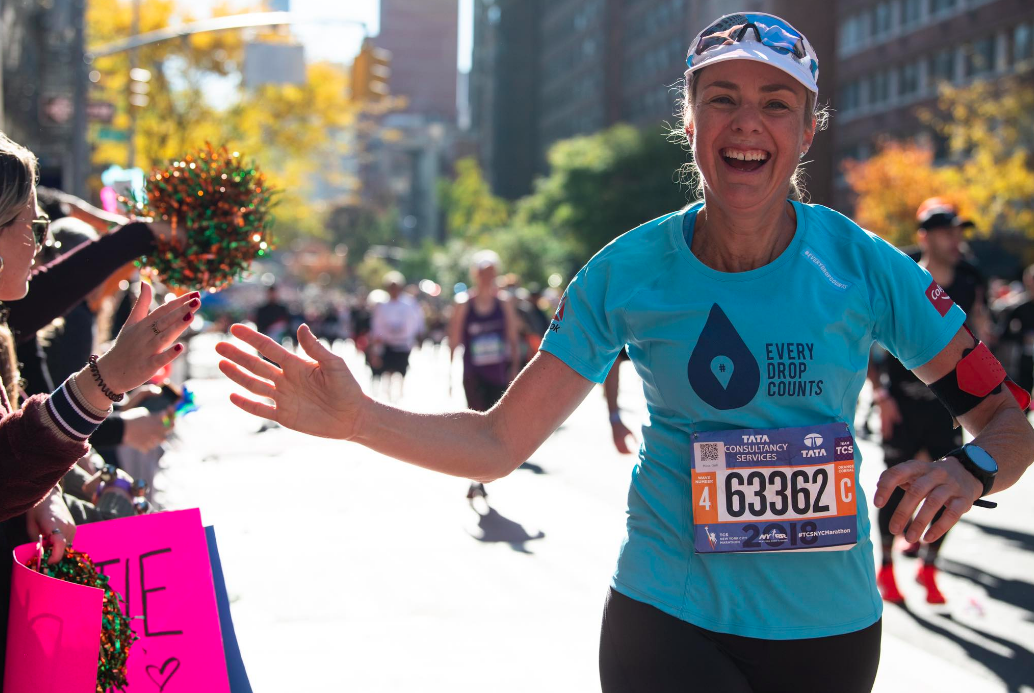
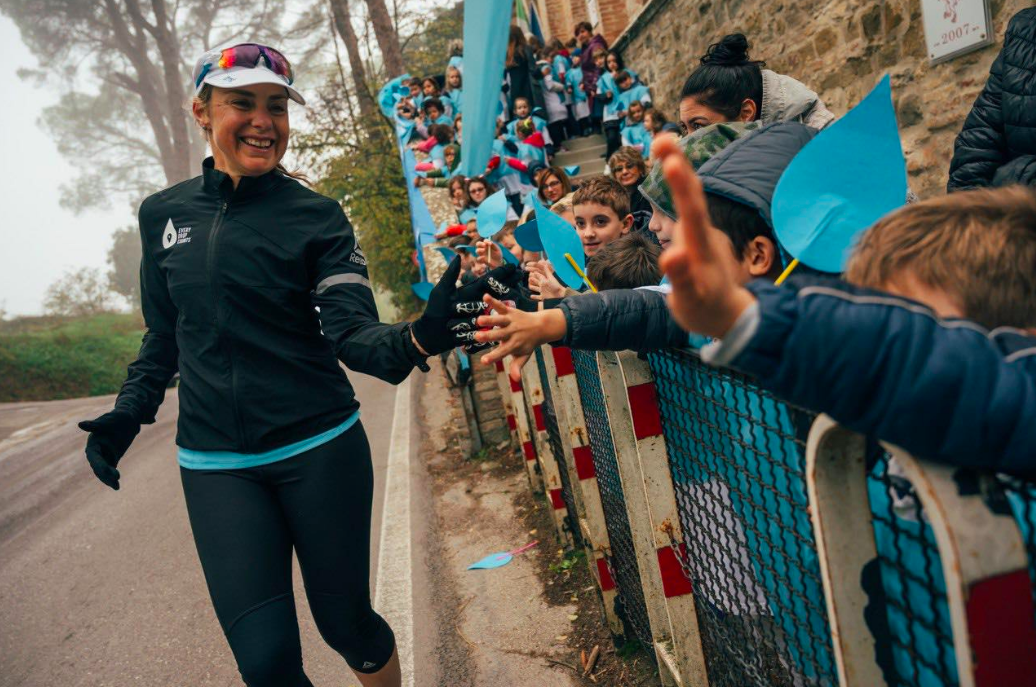
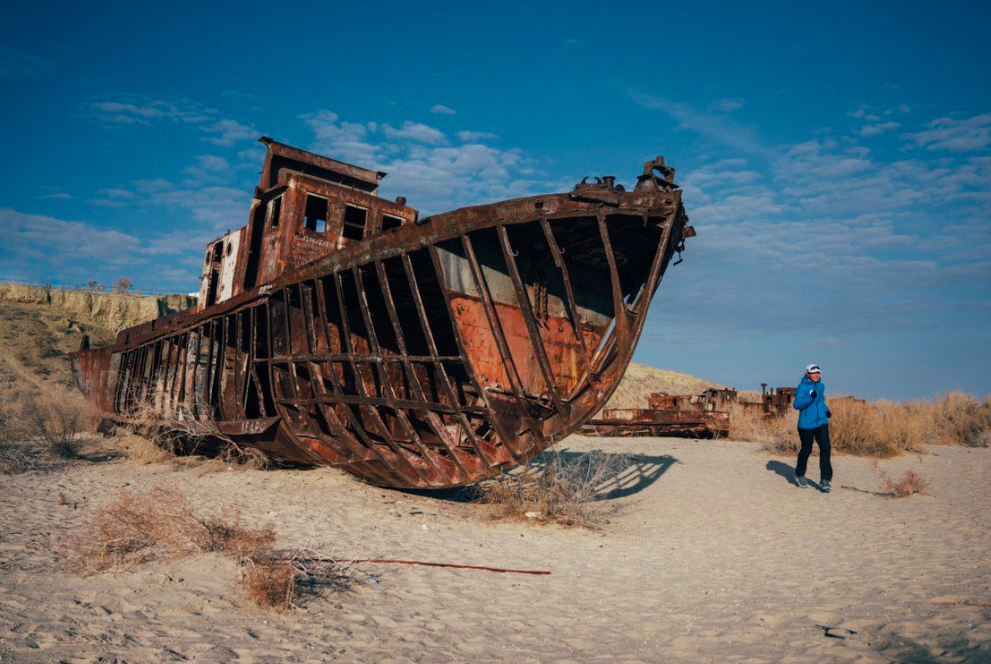
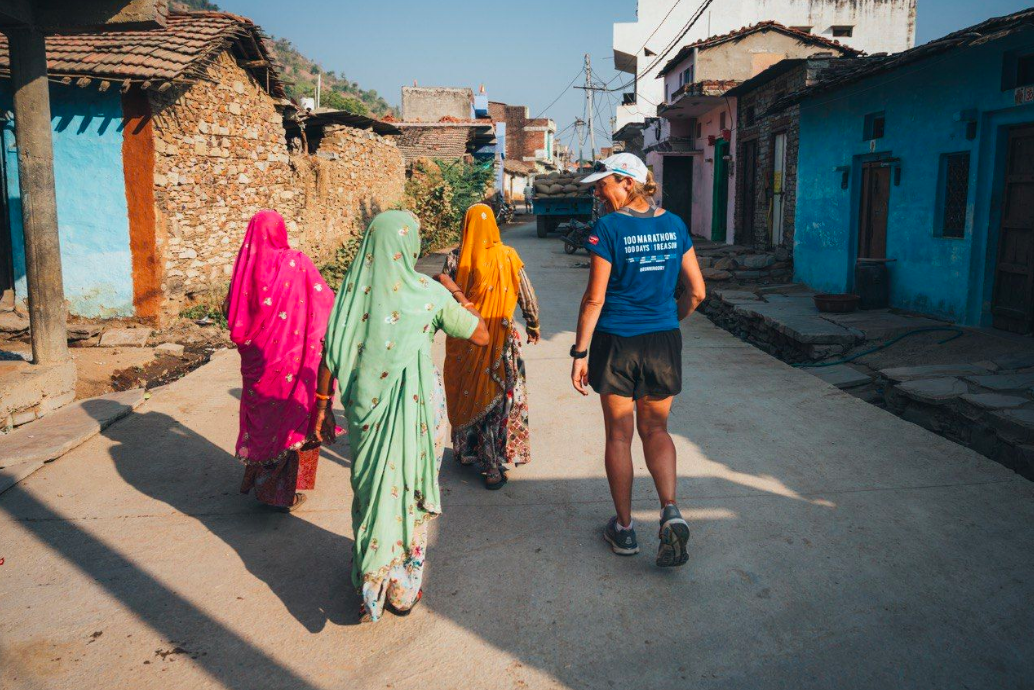
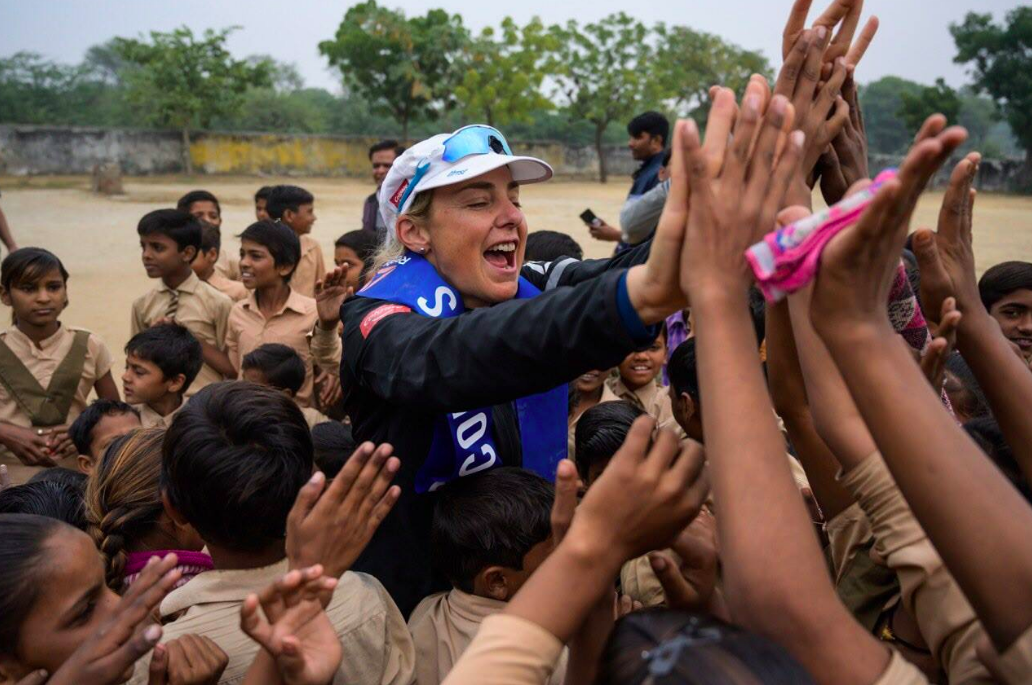

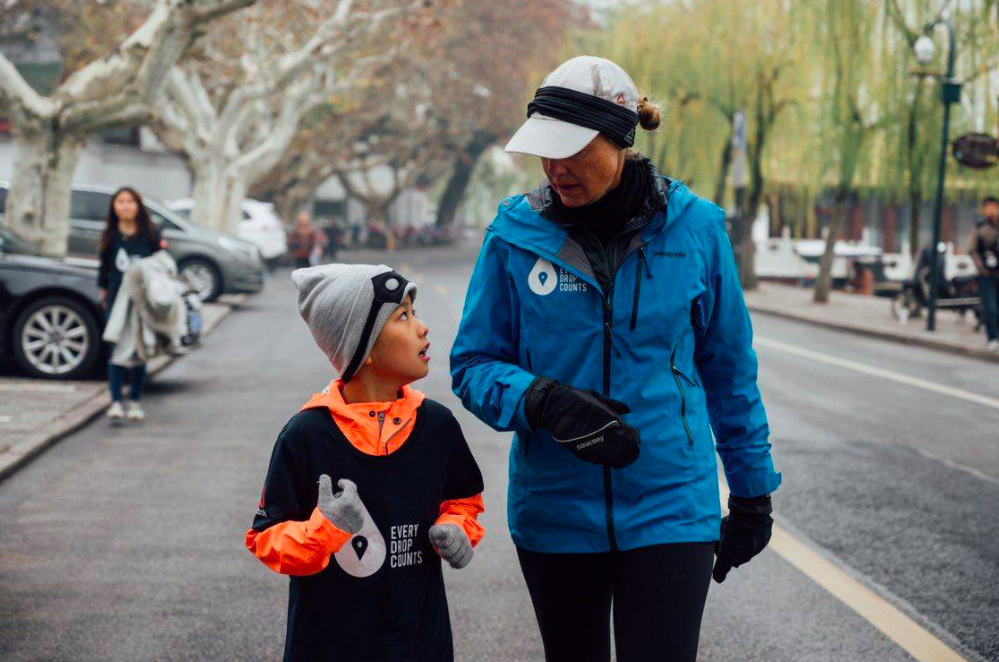
Photos: Kelvin Trautman
A team of storymakers
To sustain interest and build momentum over 100 days, it was really important to develop a content plan with built-in surprises, highlights and spectacular images. From Treeshake, we had Dave Duarte as Campaign Director; Bridget McNulty as Creative Director; Jaidan Rumboll as Community Manager; and Kelly Burke as Global PR lead.
Mina would be travelling with photographer Kelvin Trautman and videographer Jared Paisley. So, the first task was to find places for Mina to run that told the story, and would look good on camera. We also identified “water heroes” for her to meet along the way, and created infographics with key facts and tips about invisible water - the huge amount of water that goes into producing our food and clothing without us even being aware of it.
The Water Heroes turned out to be a key driver of the success of the campaign. We identified the most influential people in water in each of the locations Mina was due to run, and decided to celebrate one water hero every day with a blog post and tweet. This was a lot of work, but was one of the hidden drivers of the success of the campaign. The water heroes gave us insider info, and many also became active supporters on social media.
Production is one thing, gaining attention is another. A campaign on this scale needs teams with local media contacts. Four international PR consultancies were hired to support the campaign - Fenton in the US; Fleishman Hillard in China; Frank PR in Australia; and Bubble Communications in India. These agencies gave us access to local media and helped us navigate the cultural nuances of international PR and media, which tends to differ regionally.
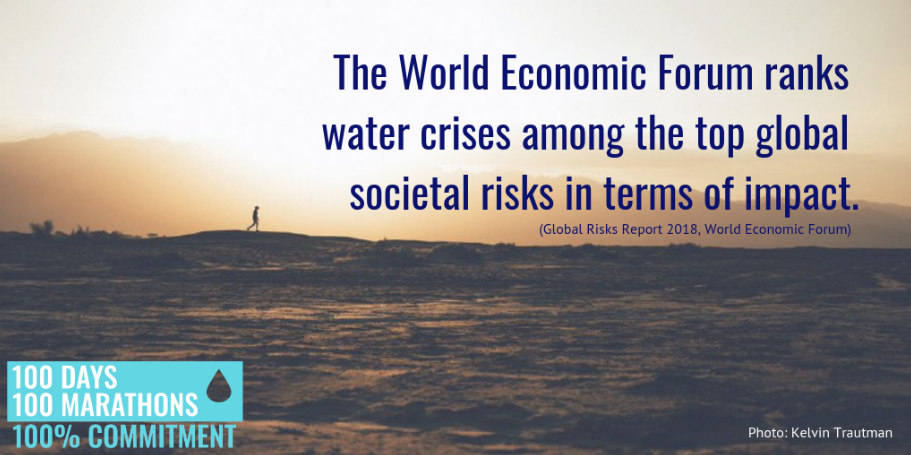
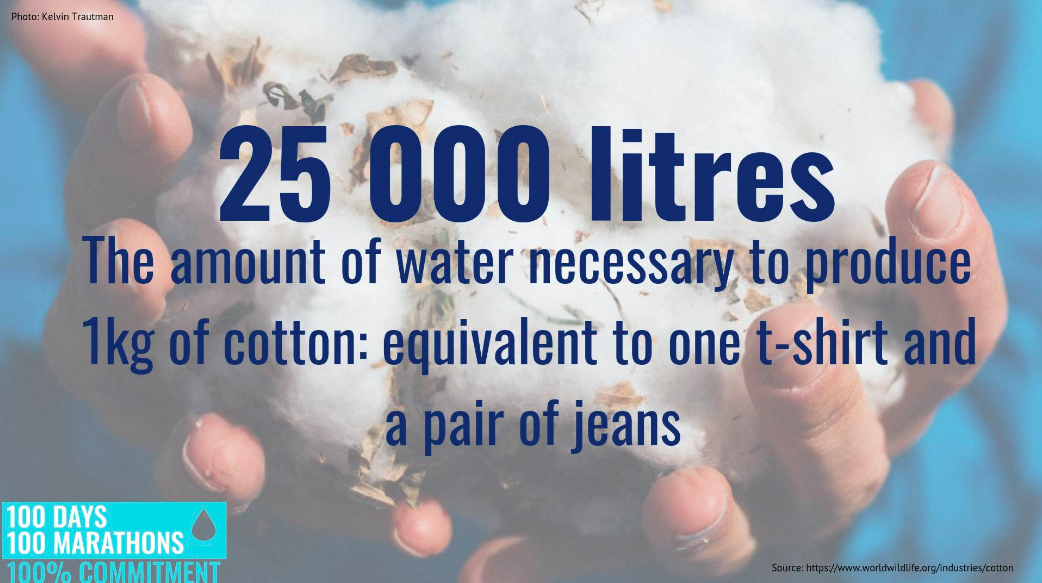
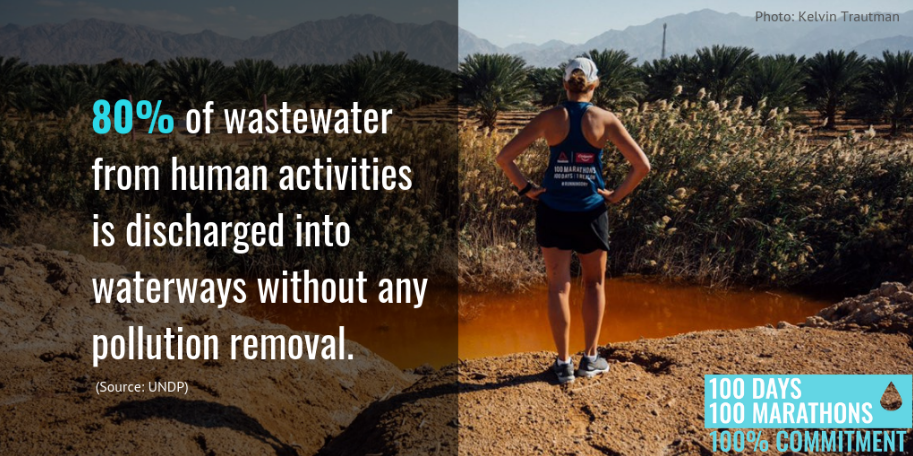
100 day logistics
The ground team travelled far, and fast, with Mina running a marathon every single day. Starting at the New York City Marathon on 4th November 2018, the team went across Europe (UK, France, Italy), Uzbekistan, India, China, Hong Kong, Dubai, the Middle East (Jordan, Palestine, Israel), South Africa, and Australia before crossing over to the USA and finishing the 100-day journey back where they started in New York on the 11th of February 2019. What this meant, logistically, is that often Mina would fly to a new country overnight, do media on arrival, drive a few hours to meet a water hero, and then run. A whole marathon. The schedule alone was a feat of endurance.
This would not have been possible without our brilliant and accomplished Chief of Staff, Melanie Ho who handled ALL the logistics - a daunting task considering the amount of travel, equipment, permits and more that needed to be arranged.
This kind of travel is not cheap, but was made possible by headline sponsors Reebok and Colgate. It was important to position the campaign and the sponsorship arrangement in a way that both benefited the sponsors and added to the campaign narrative. This was, and is, key to Mina’s campaigning model. To quote a New York Times piece about the campaign.
“Guli, 48, is part of a class of runners now picking up sponsorships the same way top-level runners coming out of college do. They won’t be winning the Boston Marathon or Olympic medals, but they offer something that shoe brands want to be a part of at a time when the top of the podium isn’t the only spotlight… Reebok and other companies are going after unique narratives they hope will inspire people.
Video: Jared Paisley
Consistently high social engagement
It was a gruelling pace, but right from the start the stories we were able to tell - on Facebook, Instagram, Twitter and Mina’s blog were beautiful, and heartbreaking. The global water crisis was being shown in true human form, and we were getting respectable numbers of video views organically. With attention to detail in ensuring that each community member felt appreciated and heard, social media engagement rates rose and were consistently higher than the norm. For example:
Facebook: 2.3% (Average Facebook engagement rate: 0.5%-1%)
Instagram: 7.9% (Average Instagram engagement rate: 2%)
Twitter: 1.7%. (Average Twitter engagement rate: 0.9%-1%)
With engagement growing, our focus on narrative, influencer partnerships, and community engagement was really paying off. By this stage Mina’s accounts had grown from around 10 000 followers to around 50 000 followers in the space of two months, we’d had respectable media coverage online, on radio, TV, and print. By all accounts it was going excellently.
An unexpected twist
Around marathon 50 Mina began walking her marathons, and they were taking more than 12 hours a day to complete. We decided to cancel her Ethiopian runs, as the relentless travel was also taking a toll. She came to South Africa and took an MRI, which verified what the whole team had feared: Mina had multiple stress fractures in her femur. Mina revealed this to the #RunningDry community in an honest video and series of photographs that many supporters said was a refreshing break from the airbrushed perfection of social media. She spoke to them person to person, sharing her vulnerability and despair at being injured.
While this was unfolding, Beaufort West, a town in the Western Cape of South Africa, literally ran dry. As terrible as this was, it was an opportunity to show the world what we were saying. Limping along, Mina joined local disaster relief organisation Gift of the Givers on the ground to donate water to the residents. It was a heartbreaking and powerful few days, and we told the story far and wide on local and international media. And then, Mina couldn’t go on.
Mina ran 62 marathons in 62 days, but on day 63 she was told by doctors that if she ran any more she would never run again. In fact, the fractures had grown since the time of her first MRI - she ran so hard she broke her leg.
As devastated as she was, we knew this was story gold. And so we kept asking the question “How does this make things better?” - an important question to consider in almost any crisis.
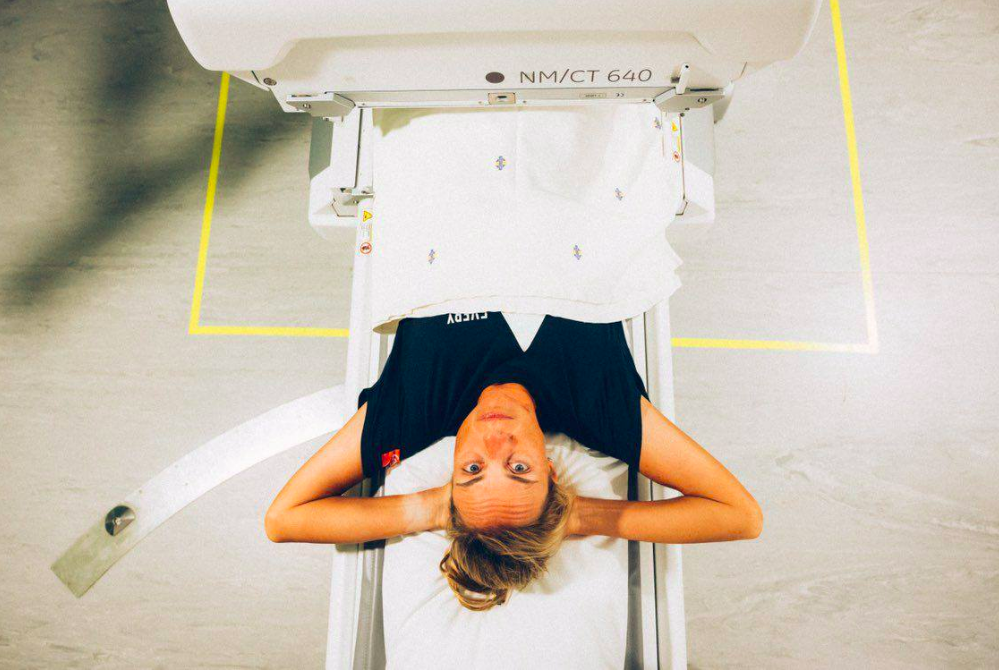

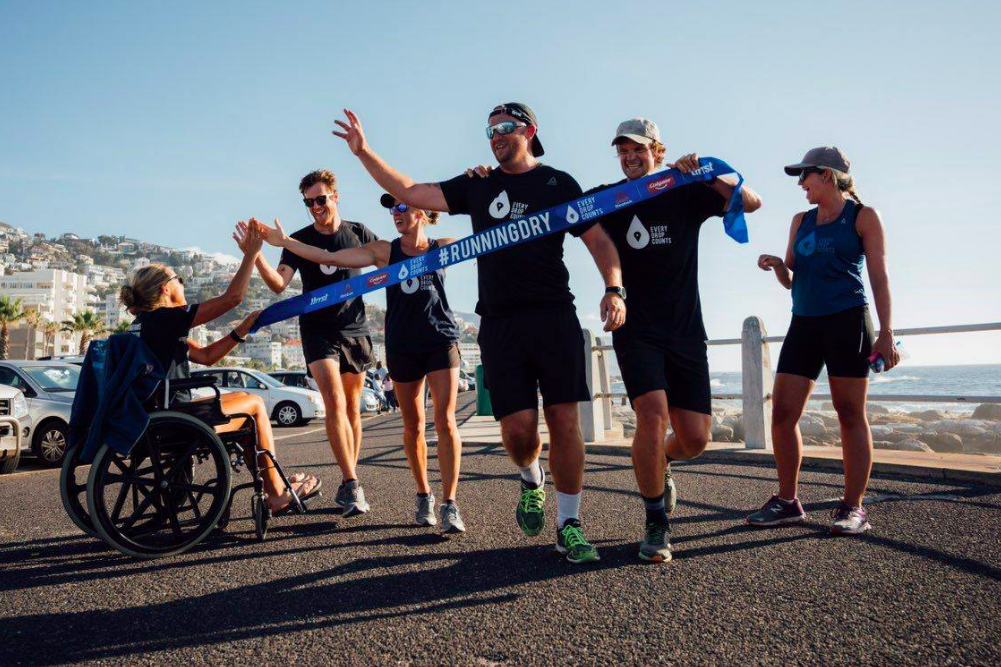

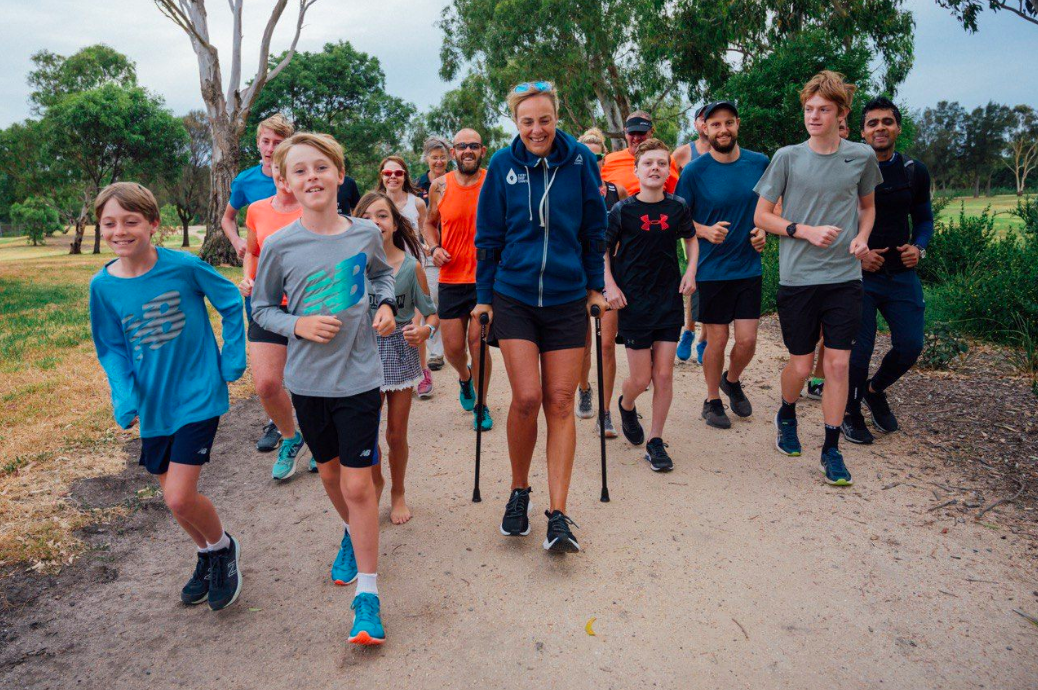
Photos: Kelvin Trautman
Campaign to movement
A few of Mina’s supporters had commented on her injury video, saying they wished they could run a marathon for her. We took this community led idea as our strategic cue, and realised this was how we would turn crisis into opportunity.
This was the point in the hero’s journey where the mentor would be needed to guide the hero through the transition. Lewis Pugh has played this role for both Treeshake and Mina and we asked him for his advice and support to help us all through this transition in the campaign and the story. He met Mina at the hospital and advised her that it was time to let others pick up the baton.
Starting off with a team run, we introduced the idea of Mina’s supporters completing her daily marathon for her. There was a lot of discussion about the dynamics of how we’d track success, and it was decided ultimately that we wouldn’t ask people to run full marathons but rather tally up ALL contributions - whether 1km or 100kms in a day.
The first follower was Bruno Sanchez from Madrid, who ran a full marathon for Mina as soon as the request was put out. That same day, we mobilized supporters in Cape Town, where Mina was that day, to contribute kilometres to the cause. The images and story were picked up by the Associated Press worldwide, and from there the #RunningDry movement began
A real community
Our team worked hard to make sure every single person who contributed distance to #RunningDry felt validated, and noticed. We replied to every comment, reached out on DM to thank people, and shone a spotlight on the community who was not only doing Mina’s distance for her, but also sharing water facts and helpful tips along the way.
To incentivise and acknowledge the community we also provided a daily tally of miles, posted on Twitter, which listed every person who contributed and ranked their distance. This proved to be a key motivator for people who contributed, as they knew that every extra mile they put in was being counted and made a difference in showing the scale of our movement.
Even though we’d only set out to log one marathon a day, hundreds of people were contributing runs that far exceeded this target. It was then that the next dream was born: Mina had set out to run 100 marathons in 100 days for water, what if the #RunningDry community ran 100 marathons in 1 day to show the power of collective action?
100 marathons in 1 day
We started working on the idea - reaching out by Direct Message to anyone who had contributed miles and asking for their support in the challenge, creating a special page on Mina’s website explaining exactly what to do, adding a pop-up so that anyone who visited the site would know about the marathon attempt. We set up a folder of easily shareable infographics on Facebook and punting the water saving messages we wanted to promote, and to let people know that we could only achieve this if we all worked together. On Sunday 27th January 2019, we attempted 100 marathons in 1 day, and we were blown away.
Mina’s vision for the 100 marathons in 100 days #RunningDry campaign was simple: to make saving water famous. Just over 2 weeks after announcing her injury on social media, the vision became a reality with #RunningDry becoming a worldwide movement.
As of midnight on the 27th of January, 251 marathons had been logged: an incredible distance of 10,629.3km. People donated kilometres from 44 different countries and territories - from Antarctica to Sweden, Mexico to Japan, Australia to Serbia and everywhere in between. Supporters logged distances from 1km to over 50km, in temperatures from -15°C to over 40°C, in deserts, snow and in forests. People ran by rivers and others by oceans and waterways. Some ran in cities and on tracks. Some ran in groups and others on their own. But every single one of them donated their miles on Sunday to support #RunningDry and help drive global water awareness.
Results
The reach of this campaign has been phenomenal. Press releases were picked up by the Associated Press multiple times and pushed to print, TV and radio around the world. The total online audience, according to Critical Mention, is 1,590,084,059 and growing daily. The estimated media value is currently sitting at over $100 million.
The rapid growth of the community online has been equally gratifying. Mina’s social media pages gained 232,506 new followers and fans throughout the campaign - with 24,830 new followers in just one week building up to the #RunningDry “100 marathons in one day” activation we did in late January.
There was an outpouring of positive comments and water facts shared, with users around the world taking to social media to share why they were running for water.
Finally, in April 2019 the United Nations selected the campaign as a top 3 finalist in their annual SDG Action Awards.
This documentary produced by ABC about Mina and the campaign tells the whole story and is well worth watching:
#PowerFutures: Fuelling discussion about South Africa’s energy transition
PowerFutures is a think tank dedicated to a just energy transition in South Africa. We produced a video to help launch the project that was seen by over 25 000 people in a day, and that has helped open doors to further media engagement and ongoing influence.
Energy is central to economic development, growth, and the achievement of the SDGs. And yet in South Africa, our energy sector operates on an old model that is holding the country back. Ahead of the 2019 State of the Nation Address, a new conversation was needed to fuel discussion and mobilise support for bold reform.
Working with a brand new account, called Power Futures SA, we were tasked with raising the level of discussion about the urgent need for reform ahead of Davos, the ANC NEC meeting, and ultimately the 2019 State of the Nation Address.
We love a challenge, and what made this campaign remarkable was that we were given one week from briefing to build the brand, define the messaging, gather the community, and get our content in-front of the key decision-makers at these events.
Kickstarting the Conversation with Video
Articles about Eskom are written every day in the media, so to get noticed and join the public conversation on this important topic we launched with a video entitled “South Africa’s Democratic Energy Transition”. This video was scripted for a very specific audience of senior policy-makers in government and at Eskom, who we ensured saw it via chat groups and direct messages on WhatsApp.
To launch the video we worked with UCT Graduate School of Business to pull together a panel of leading commentators on South Africa’s energy future. We also created a social media toolkit with talking points* which we sent directly to event participants and influential social media users.
The result was 25 000 views of the video on launch day with more than 10 separate pieces of media coverage, including the most read article of the week on Fin24 “Eskom: Breaking up is hard to do, but it may be necessary - experts”.
The stage was set, and the PowerFutures team were well positioned for ongoing engagement on the unbundling of Eskom and ensuring a “just transition” for South Africa’s energy sector.
Changing the Narrative
In a field as complex as energy there are multiple stakeholder groups, with competing perspectives on the issue of unbundling of the national energy utility. A common metaphor was needed to frame the issue and inform how it was discussed.
Our expert client likened it to having “all our eggs in one basket” - in other words, we need to diversify the risk of having a centralised power utility without any backup plan. This was the key line that we used to pitch and place a powerful op-ed, developed with Jasandra Nyker - a highly respected and influential voice in renewables. The piece, entitled ”All the eggs are in Eskom’s basket: It is time to diversify the energy sector “, was agenda setting both in terms of the content quality, the timing, and who penned it.
Within days key politicians and leaders were using the metaphor: “all our eggs are in Eskom’s basket, if it drops our economy breaks.” This powerfully framed the situation, made it easy to understand, and paved the way for the decision to unbundle the power utility.
This helped inform more targeted discussion about the “unbundling” of Eskom, in other words - to remove all our eggs from one basket. And within a month of the campaign Eskom announced plans to break up into three entities, paving the way for more sustainable power generation and hopefully an end to load-shedding.
UPDATE
While the announcement happened quickly, Eskom’s cogs turn a lot more slowly. A Daily Maverick exclusive in October 2022 announced that the ailing power utility is “moving full steam ahead” with unbundling into Transmission, Generation and Distribution divisions.
*Talking Points
The South African government aims to reduce coal’s share of total capacity from almost 80% in 2017 to 46% by 2030. The government also announced new plans to quadruple renewable energy’s share of capacity to 36% in 2030.
South Africa has one of the highest per capita emissions ratings in the developing world, accounting for more than 40% of Africa’s total coal-derived CO2 emissions.
Among the G20‚ South Africa’s thermal coal use is the highest and its use of renewable energy is the second-lowest.
In 2008, Eskom held an A1 investment grade credit rating. Last year, ratings agency Standard & Poor’s maintained Eskom’s rating at CCC+. Several levels deep into junk territory (and with a negative outlook).
Power Futures is an initiative of UCT Graduate School of Business
#BI4Gov: How a small, but deeply engaged community can have HUGE impact
How a new Twitter account with no followers and no paid media budget got a niche topic trending and reached over 2 million people in less than two weeks.
This case study is about how a new Twitter account with no followers and no paid media budget got a niche topic trending and reached over 2 million people in less than two weeks.
In late 2018, Treeshake helped launch #BI4Gov, a conference focused on how to use behavioural insights to successfully shape and implement policy, in a socially beneficial way. Through a partnership between the Western Cape Government (WCG) and the Organisation for Economic Co-operation and Development (OECD), experts from throughout the world came together to discuss the ins and outs of using BI in Government.
Starting with a brand new account with no followers on Twitter, and just two weeks to launch we knew that we’d be reliant on the voices of others with larger followings.
The first step was to set up the account to look as credible as it was - partner logos, clean design, and 3 high quality posts were set up. We then sent the page around to the team of collaborators and asked them to engage with the posts and follow so we’d have a bit of traction.
The next step was to tap into BI communities on Twitter, and identify thought leaders. We directly engaged around 60 followers ahead of the conference and directly asked them to follow us and help us get the #BI4Gov discussion going. We did this by email and direct message rather than publicly.
We found the BI enthusiasts supportive, warm, and welcoming to a new entrant to the space - this is partly thanks to declaring our agenda upfront, having the backing of the OECD, and introducing ourselves directly to the main thought leaders. This got the conversation rolling, and even with a relatively small following, everything we posted got a response.
The official Twitter account quickly gained around 150 followers. Without any paid advertising budget, we relied solely on consistent, authentic engagement with each member of the community. These followers were all highly skilled BI experts, each of whom had very strong links to the overall online BI community. This allowed for a higher degree of sophistication in the commentary and posts we put out, along with a much higher than average engagement rate.
On the day of the conference, the hashtag was visibly promoted at the conference, attended by around 300 people - many of whom had been contacted by the social media team ahead of time to let them know the importance of sharing their views. The result was that virtually everyone who attended participated in the online discussion, sharing substantive content that attracted public interest and media attention.
But it wasn’t all serious, either. As participants got to know each other, playful Twitter banter emerged in the form of ‘the sock saga’, with various speakers and organisers of the event comparing their funky sock choices. With the perfect mix of serious, insightful and fun, the #BI4Gov community blew us away with their deep engagement and commitment to the conversation.
Most importantly, the conference and public support for the issue has led to the establishment of South Africa’s first Behavioural Insights Unit in Government - #BI4Gov is here to stay.
The main take away from this? A small group of deeply engaged people can make a huge impact. Inspired by Cultural Anthropologist Margaret Mead, this is something we call The Mead Principle:


